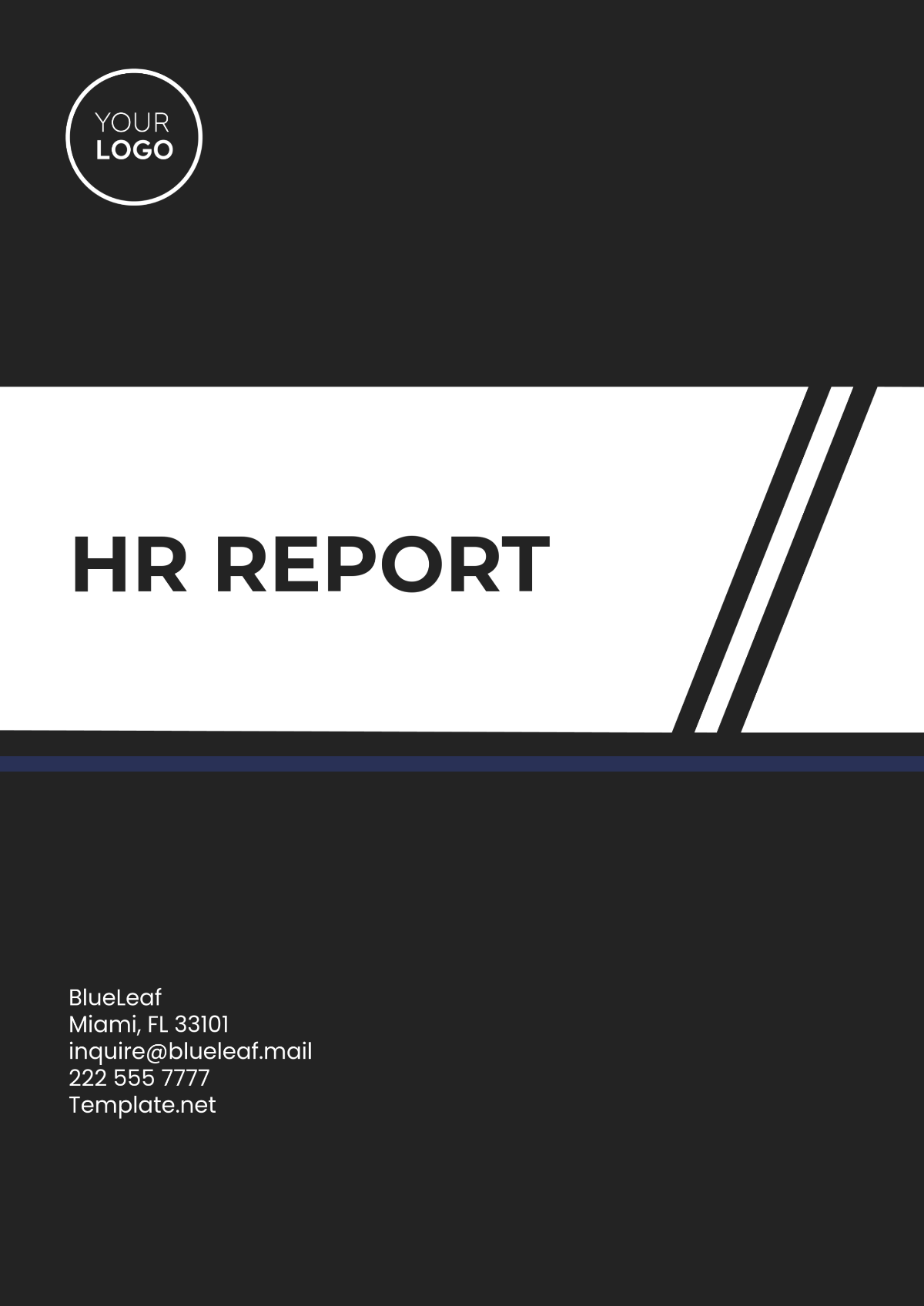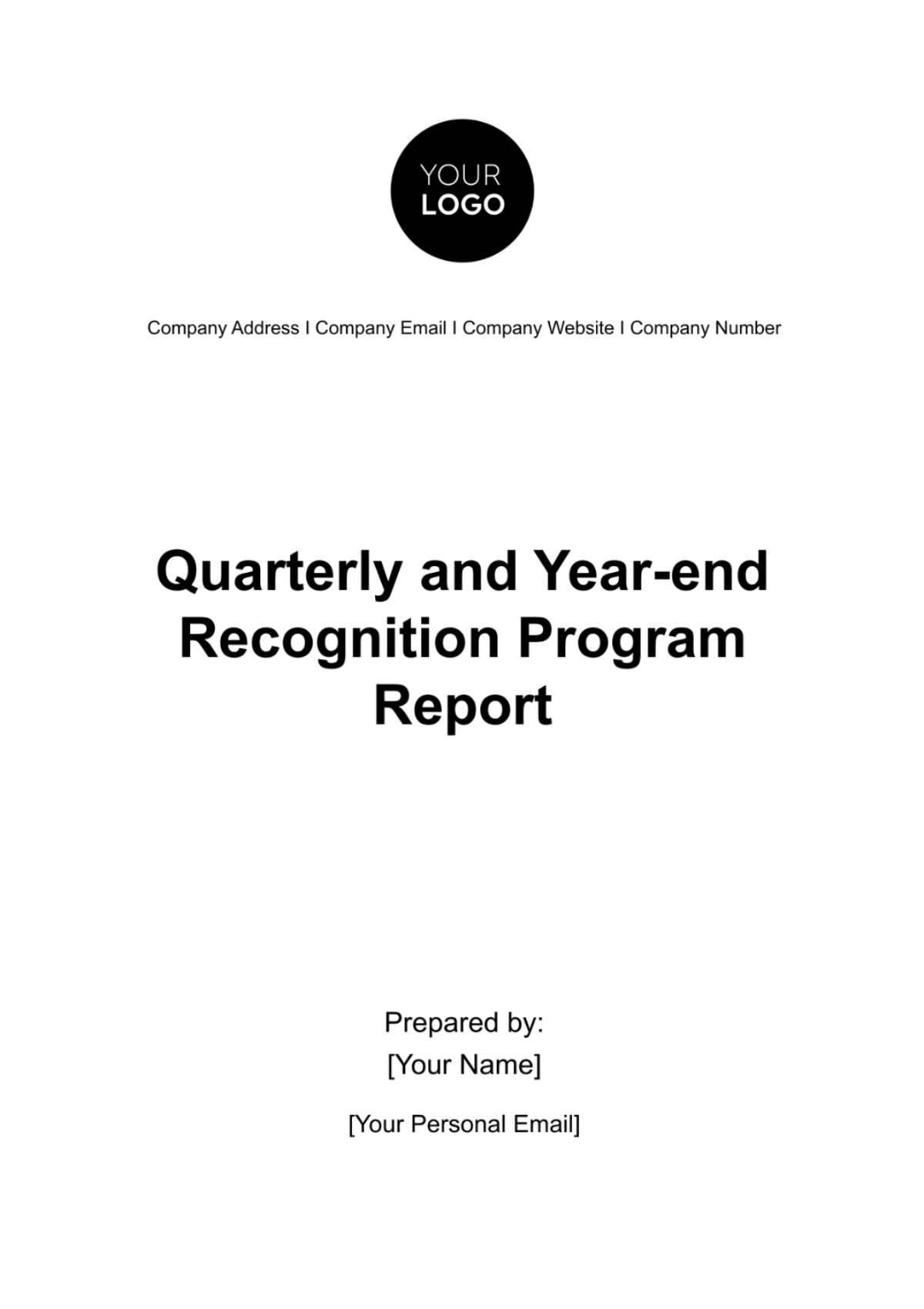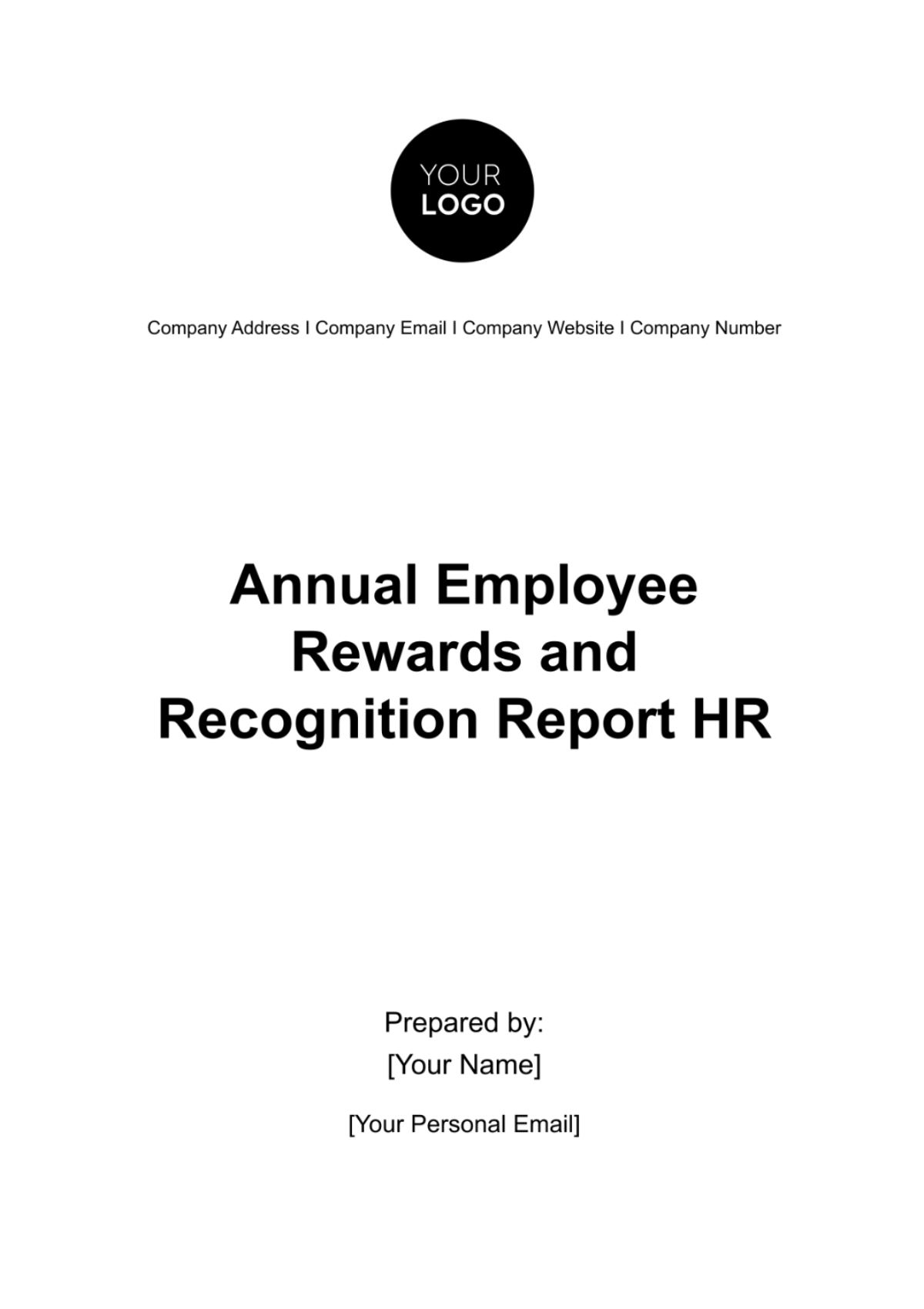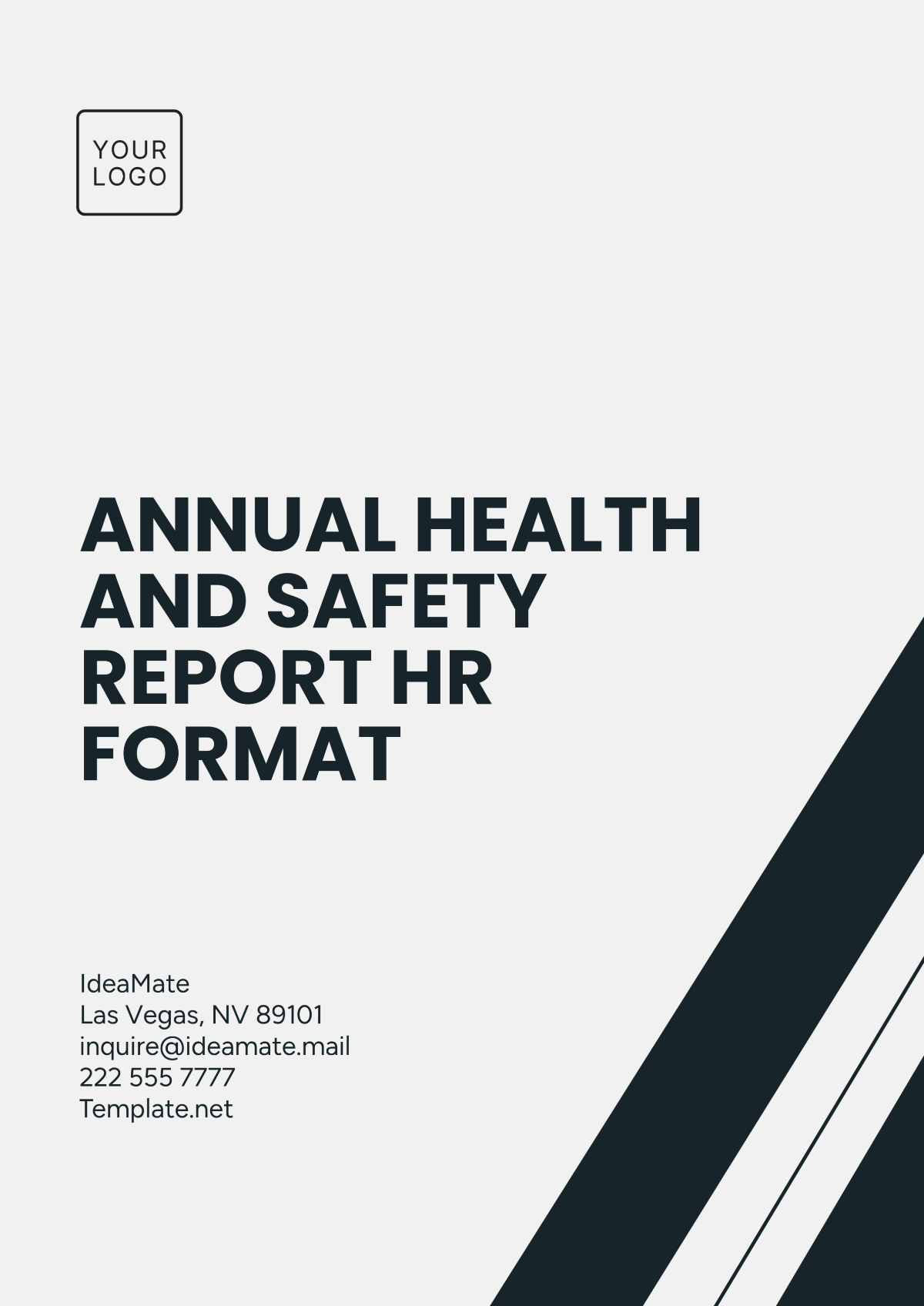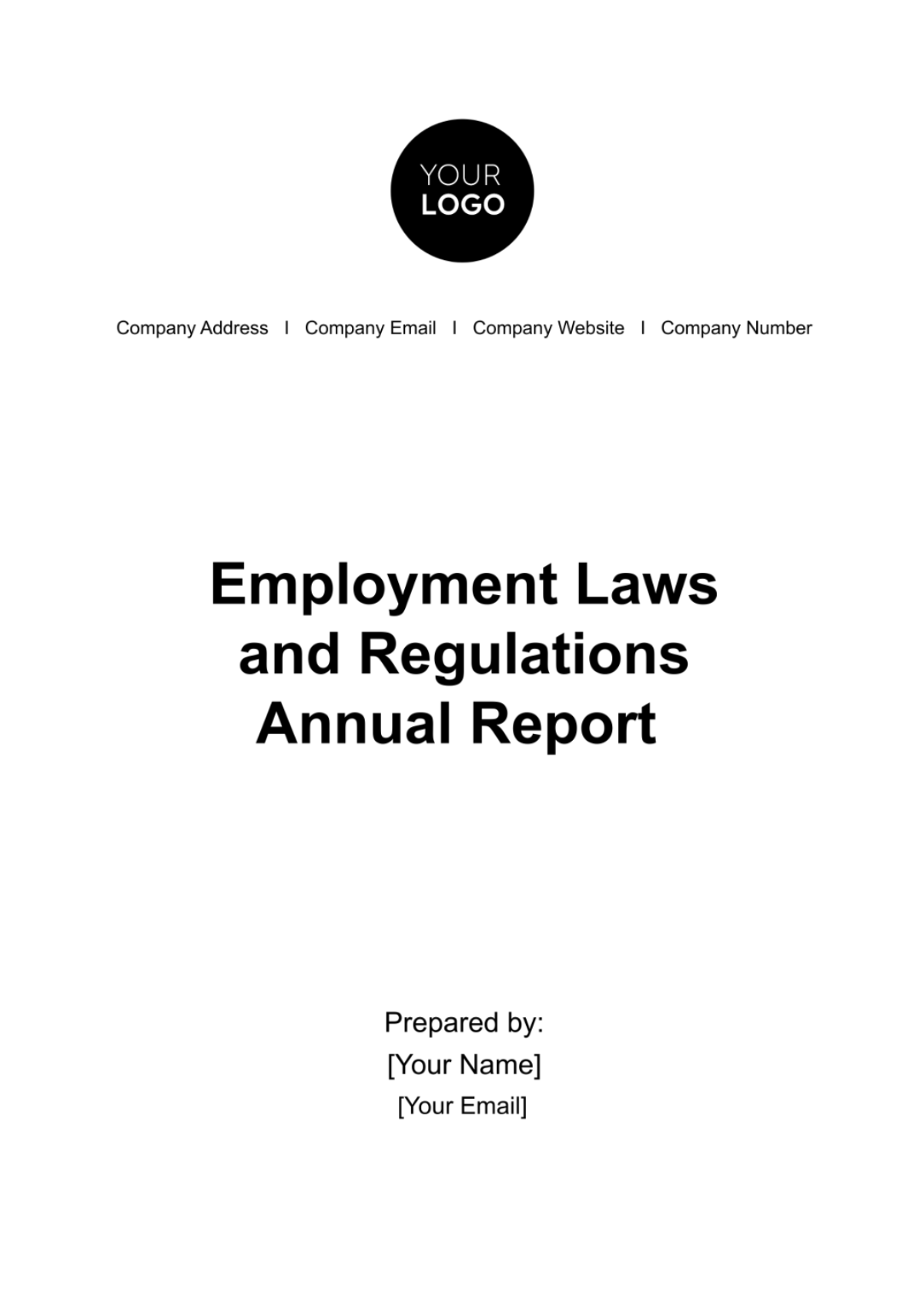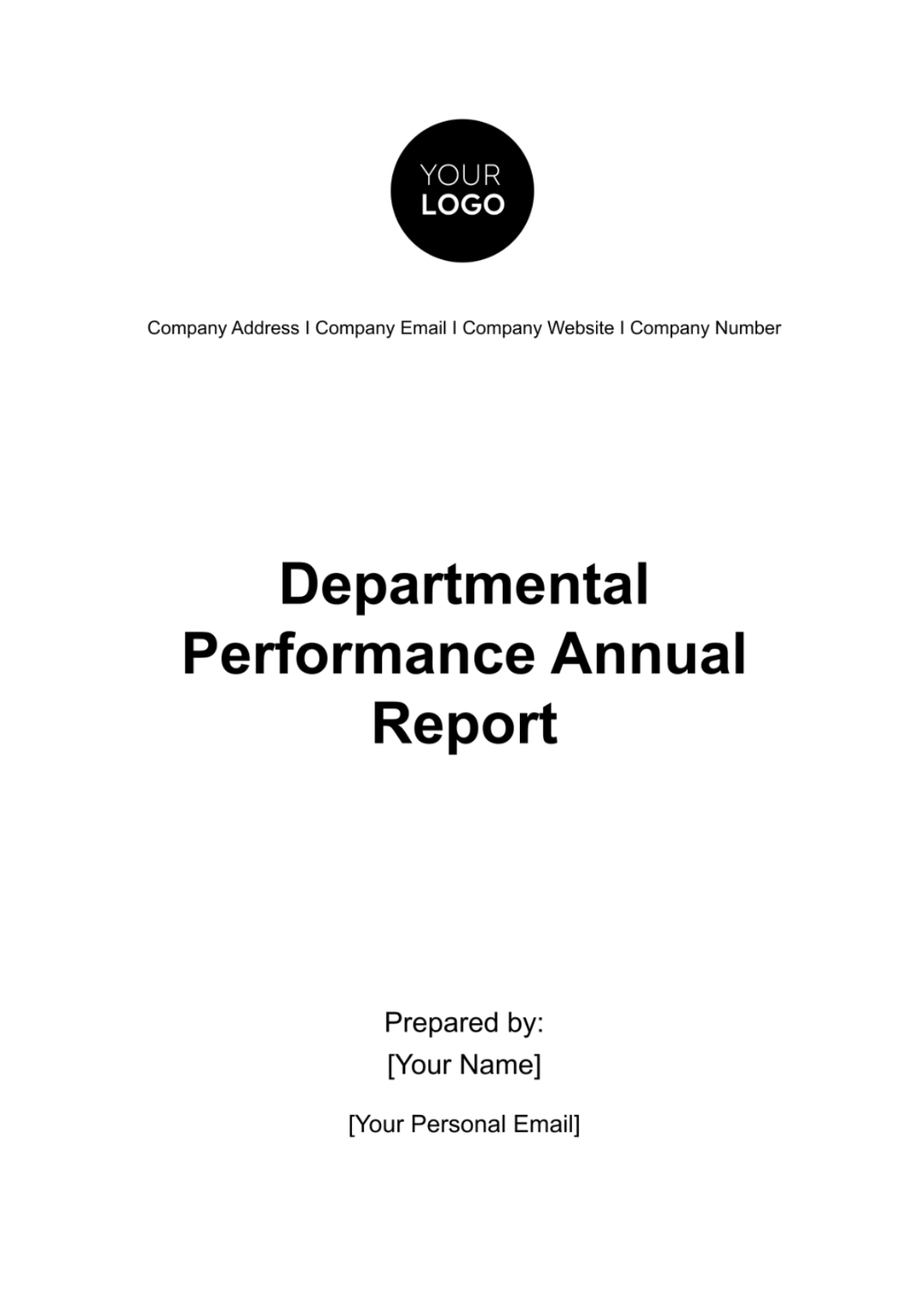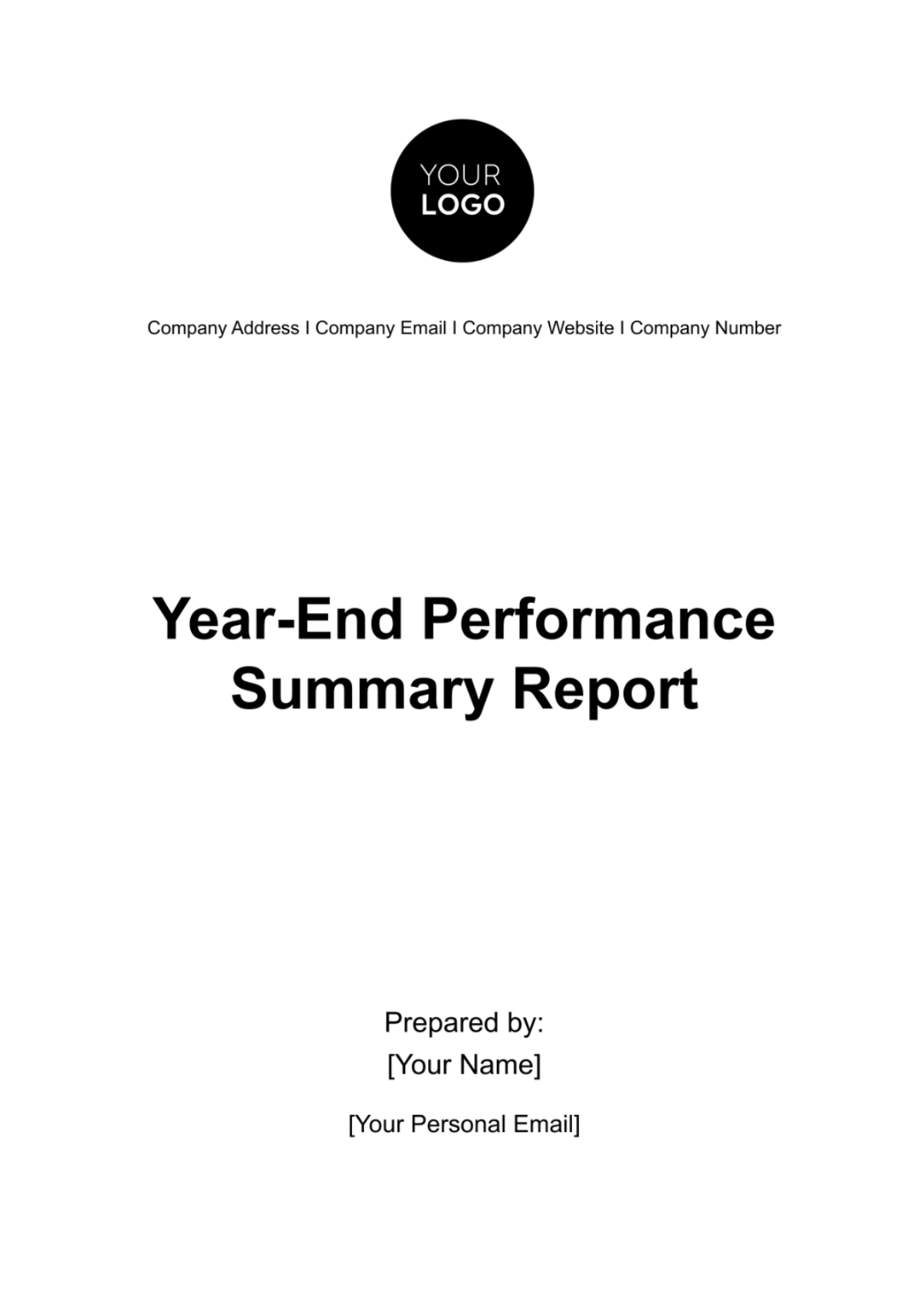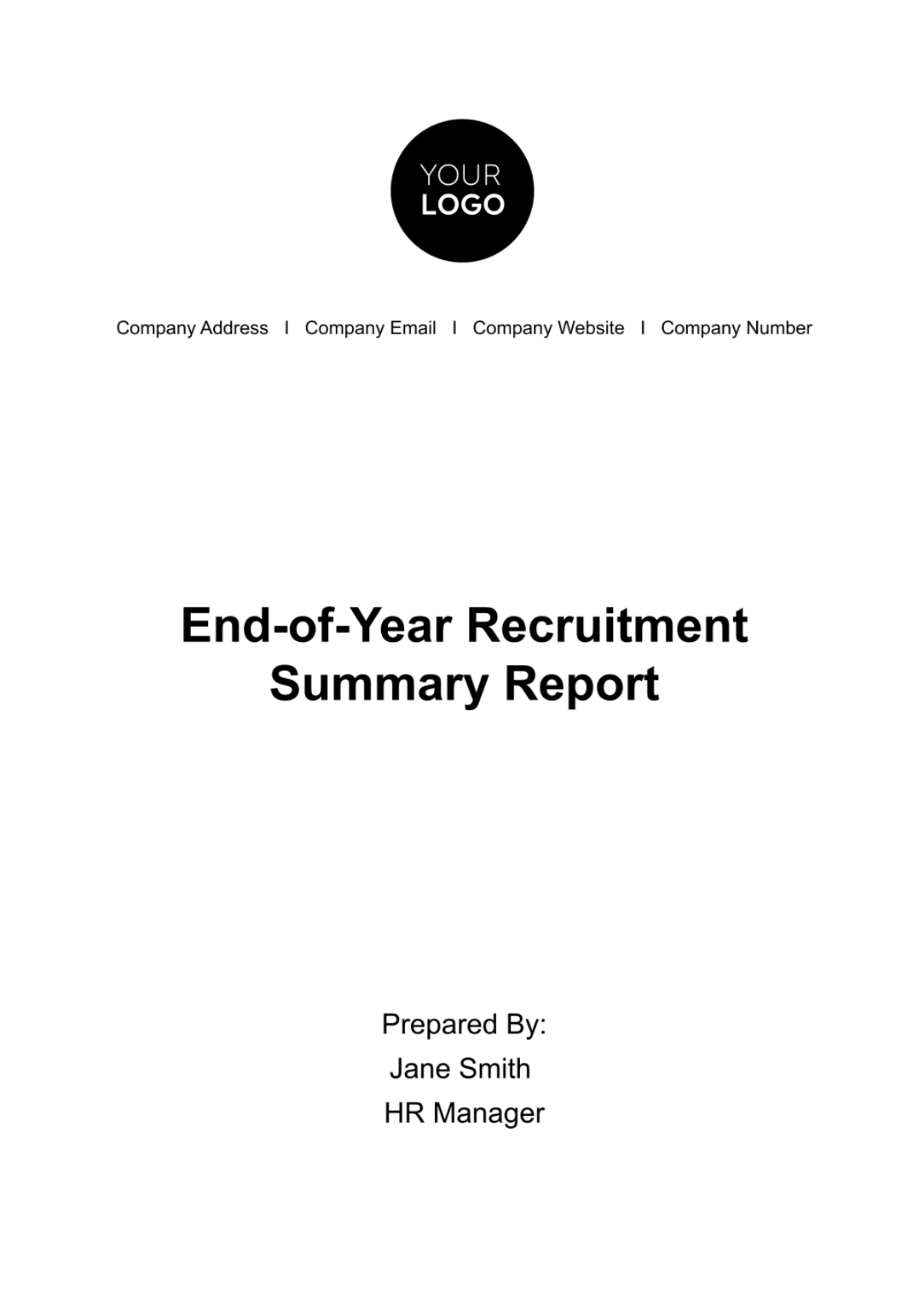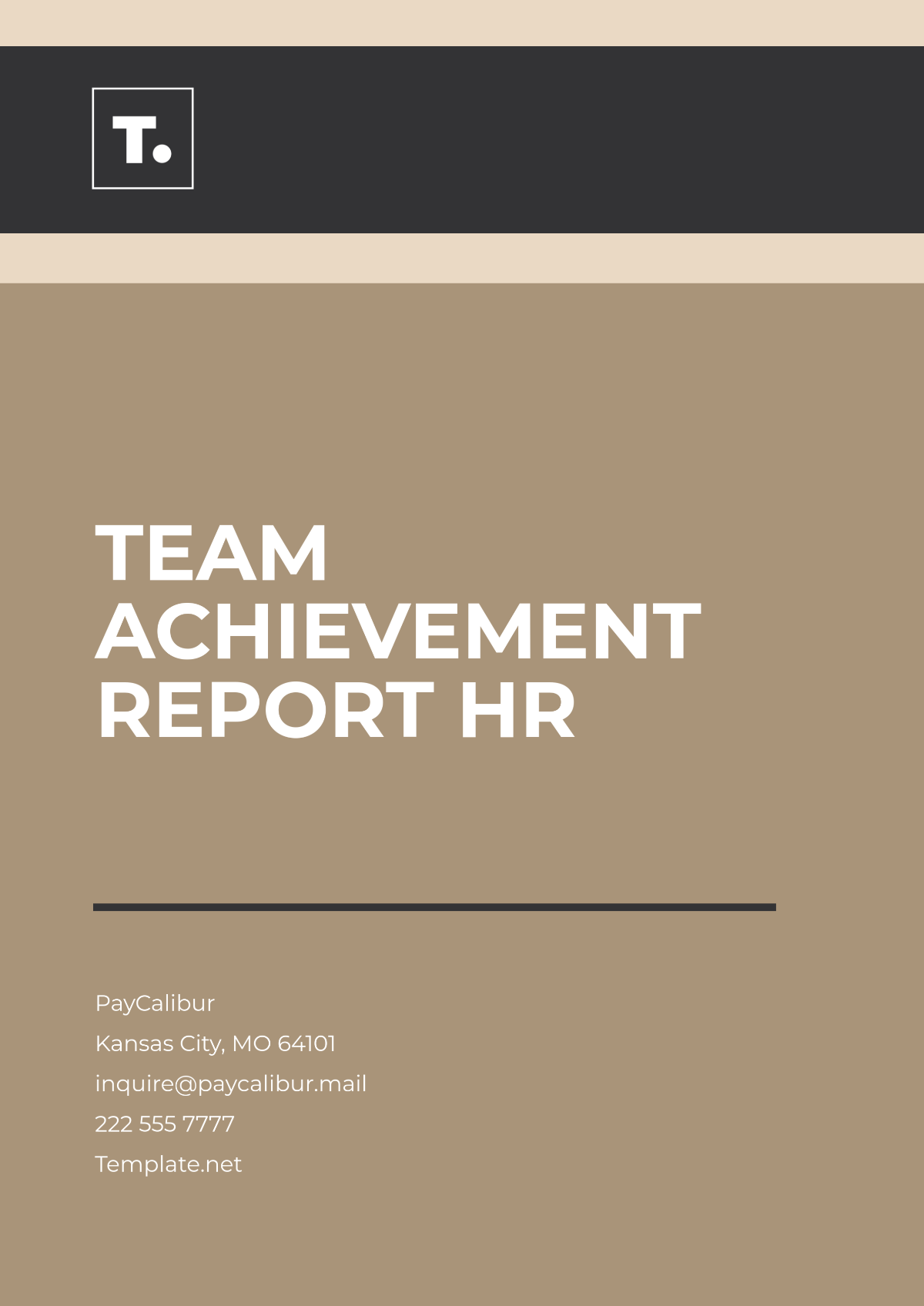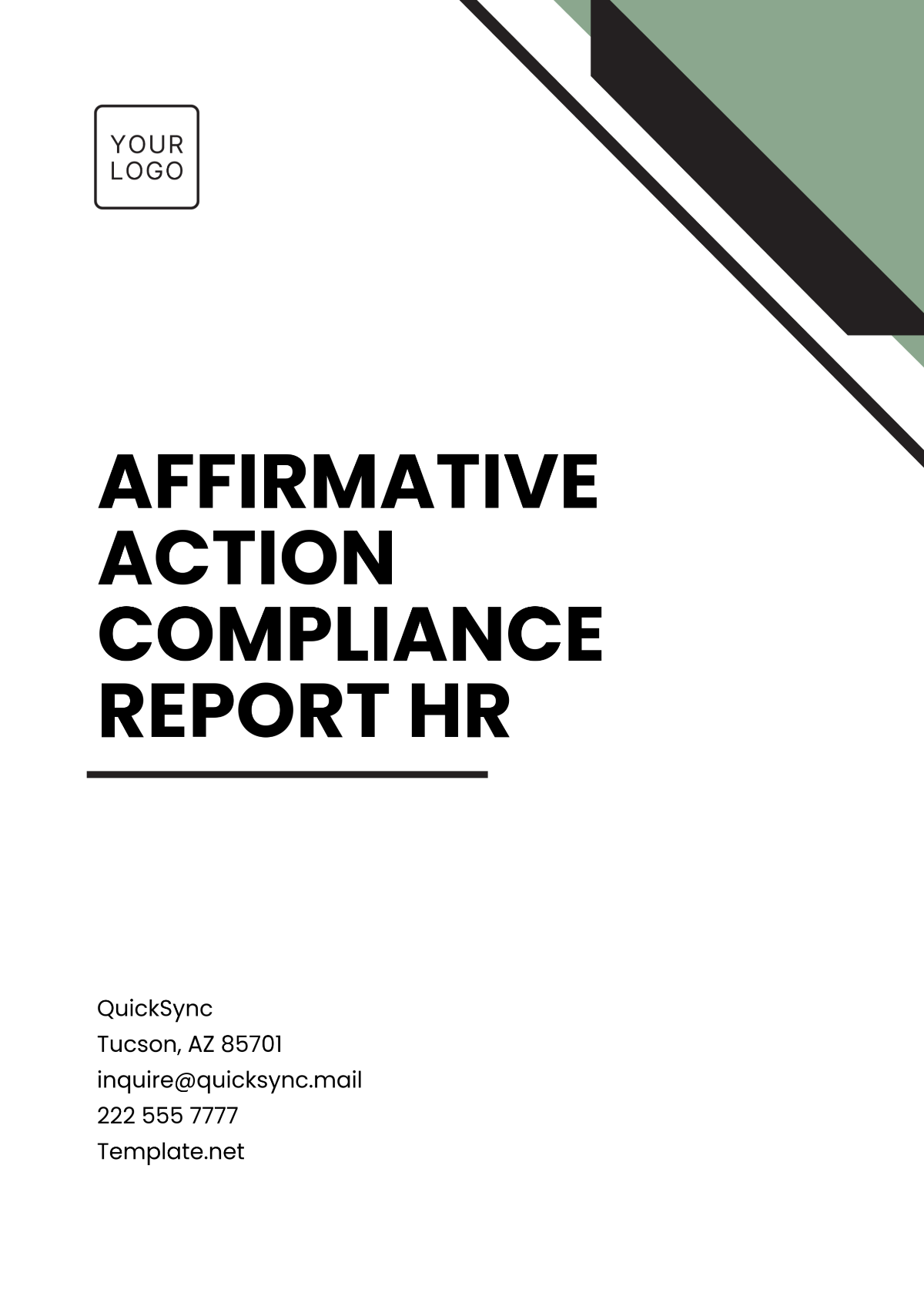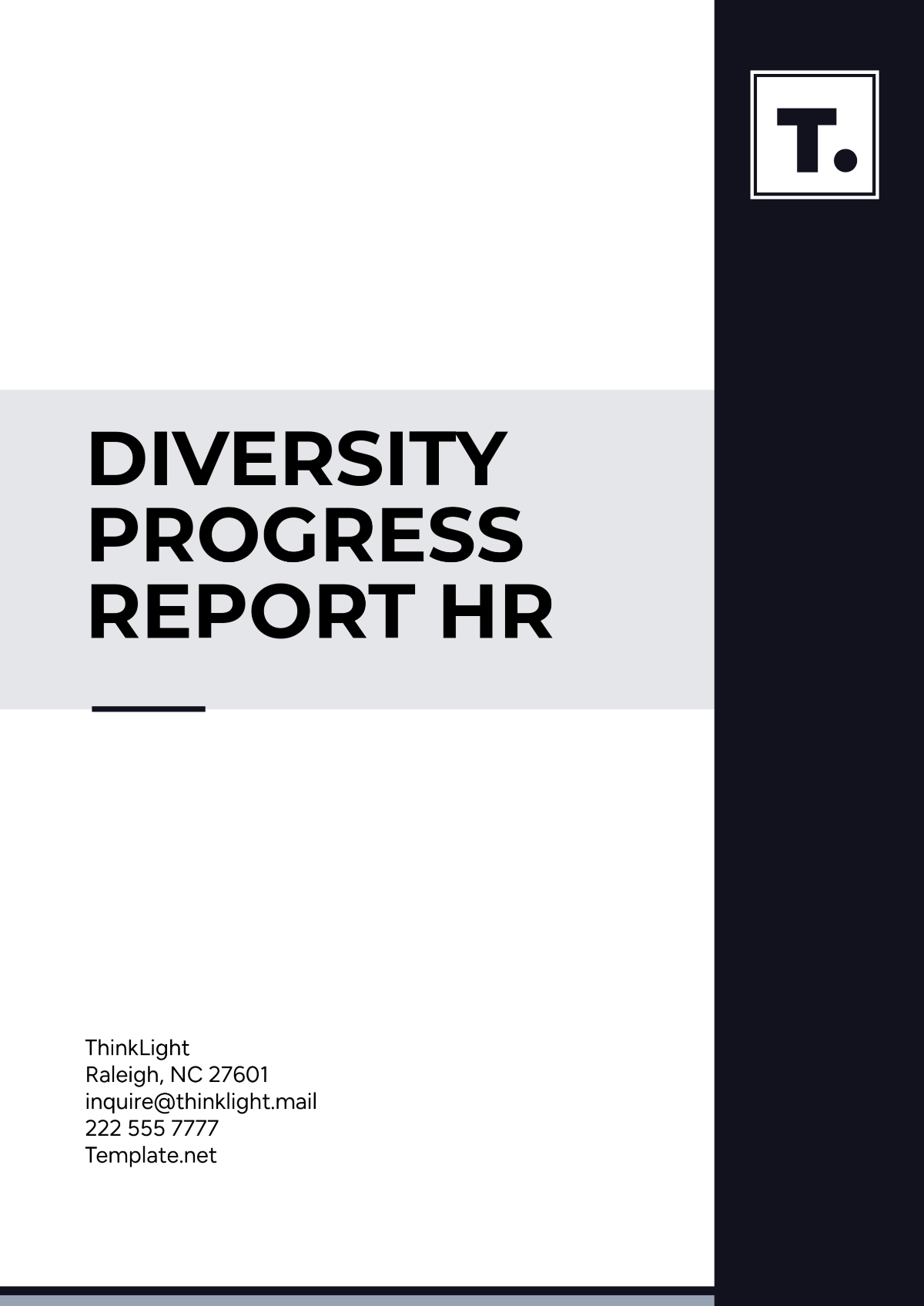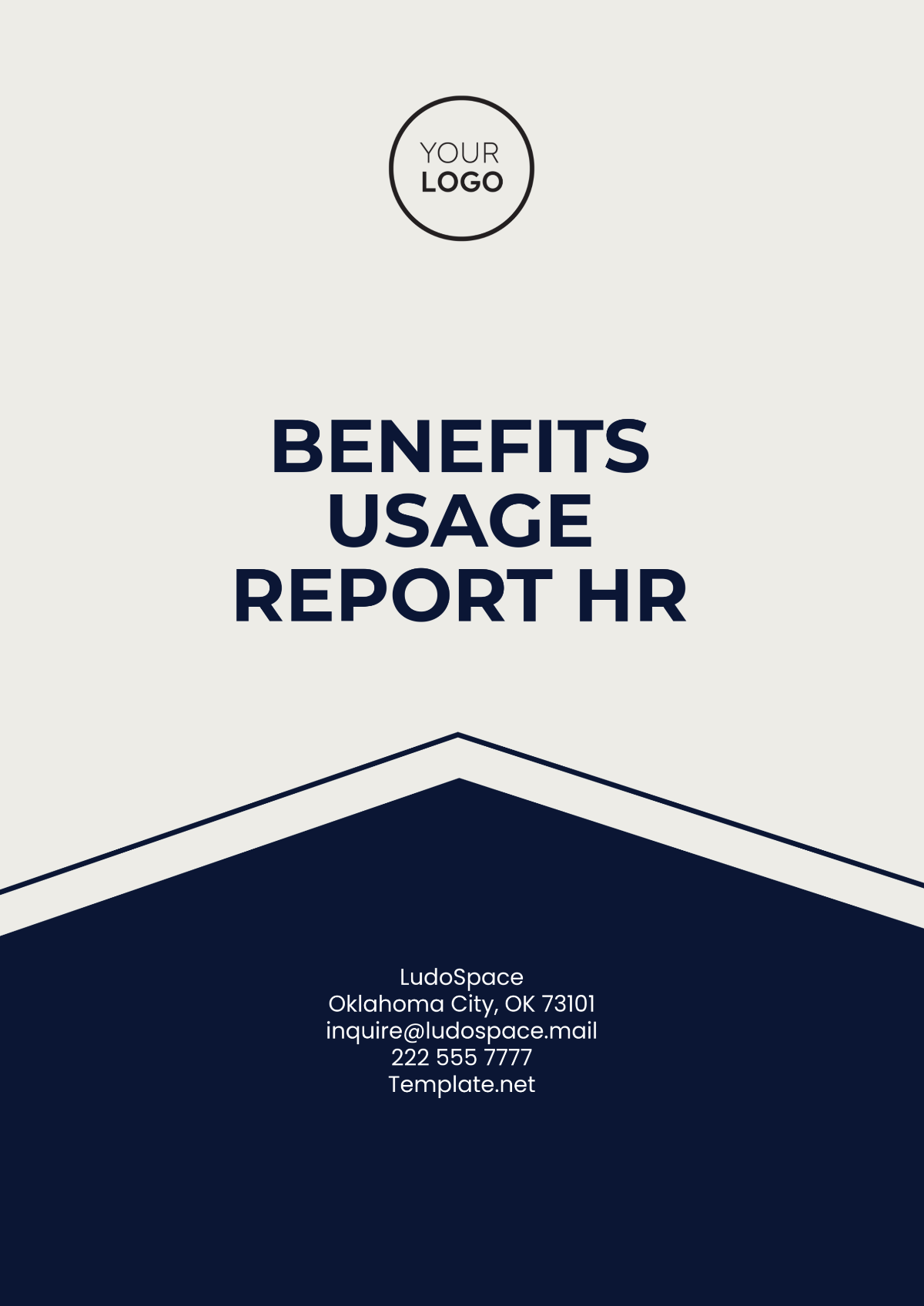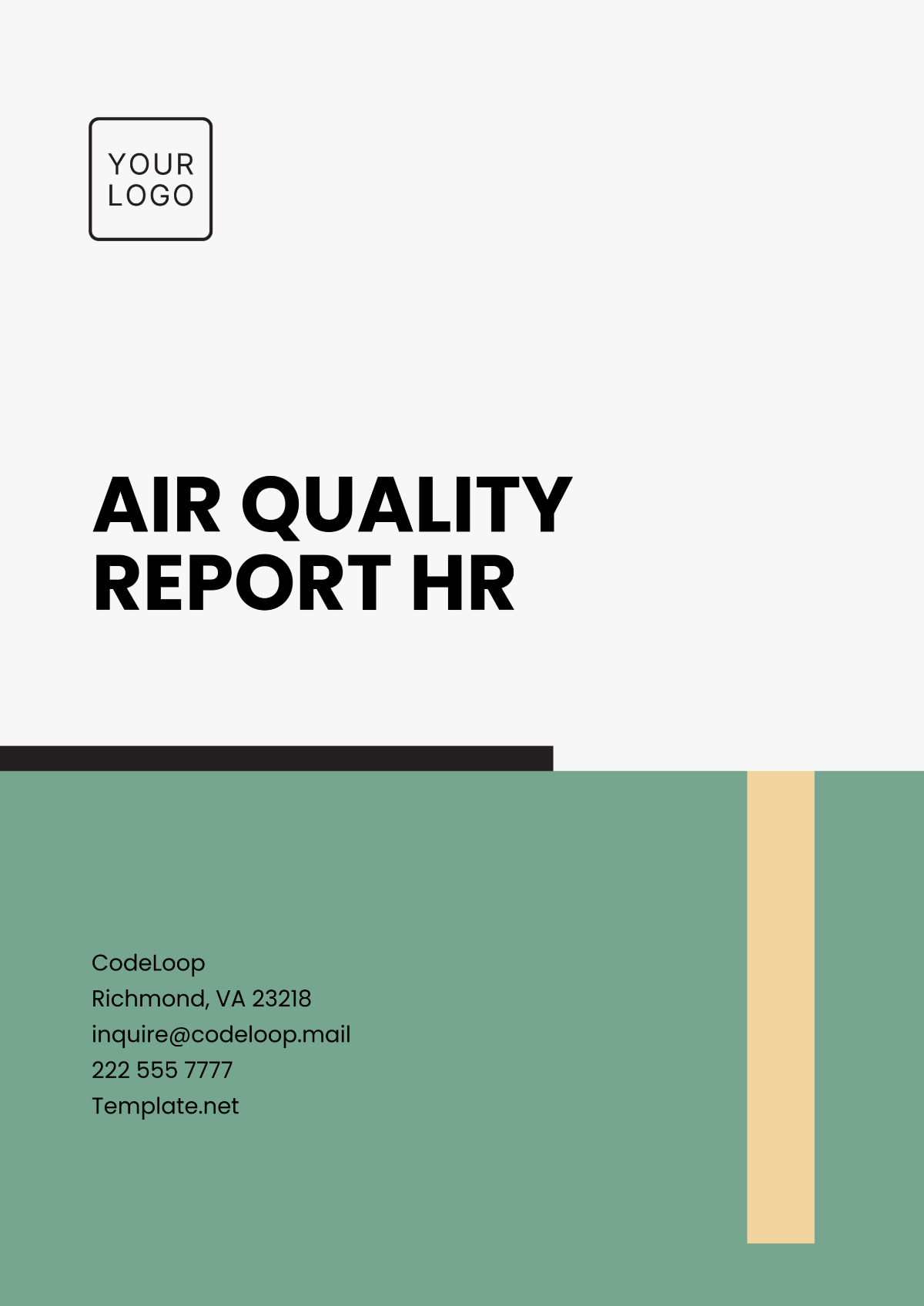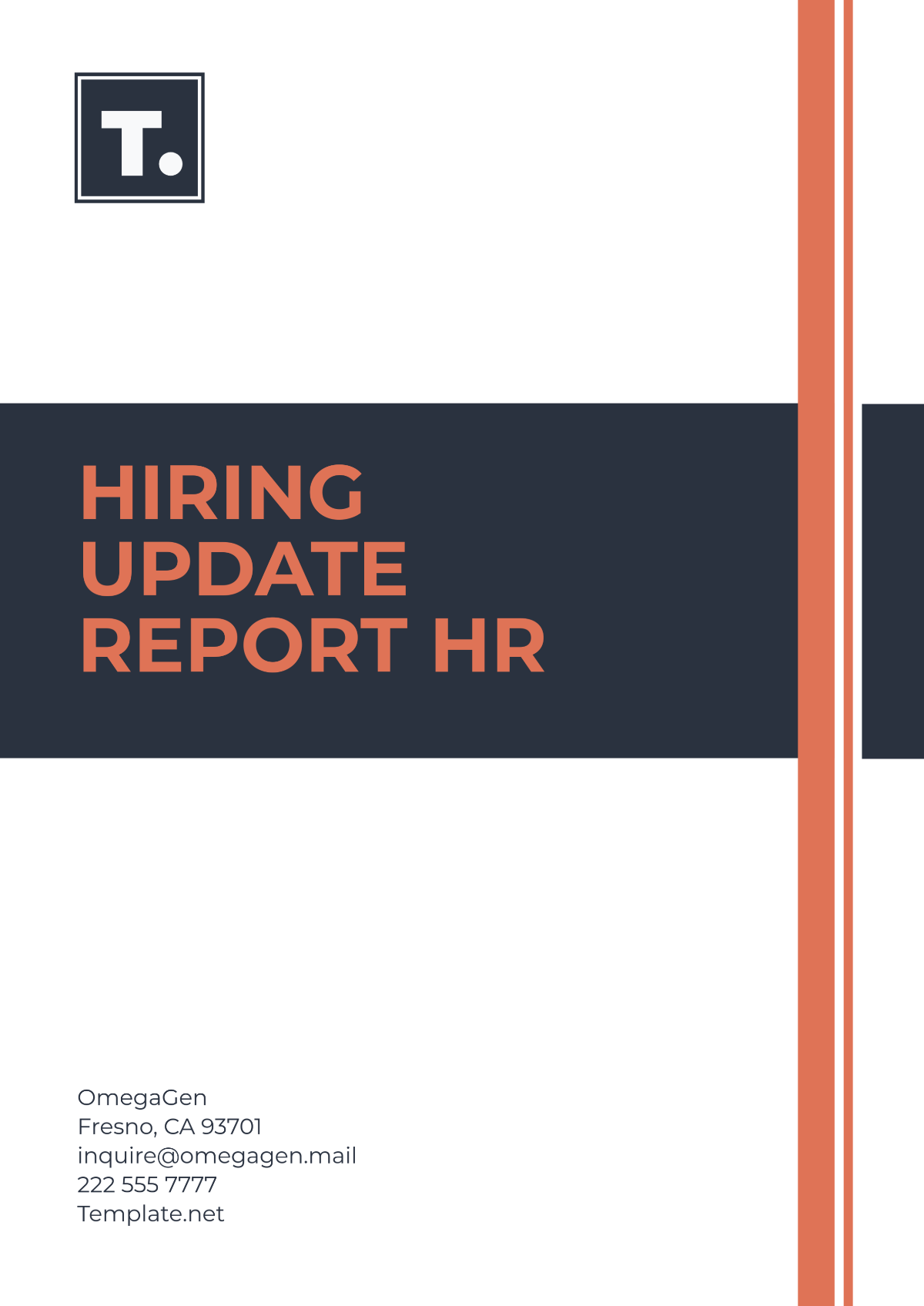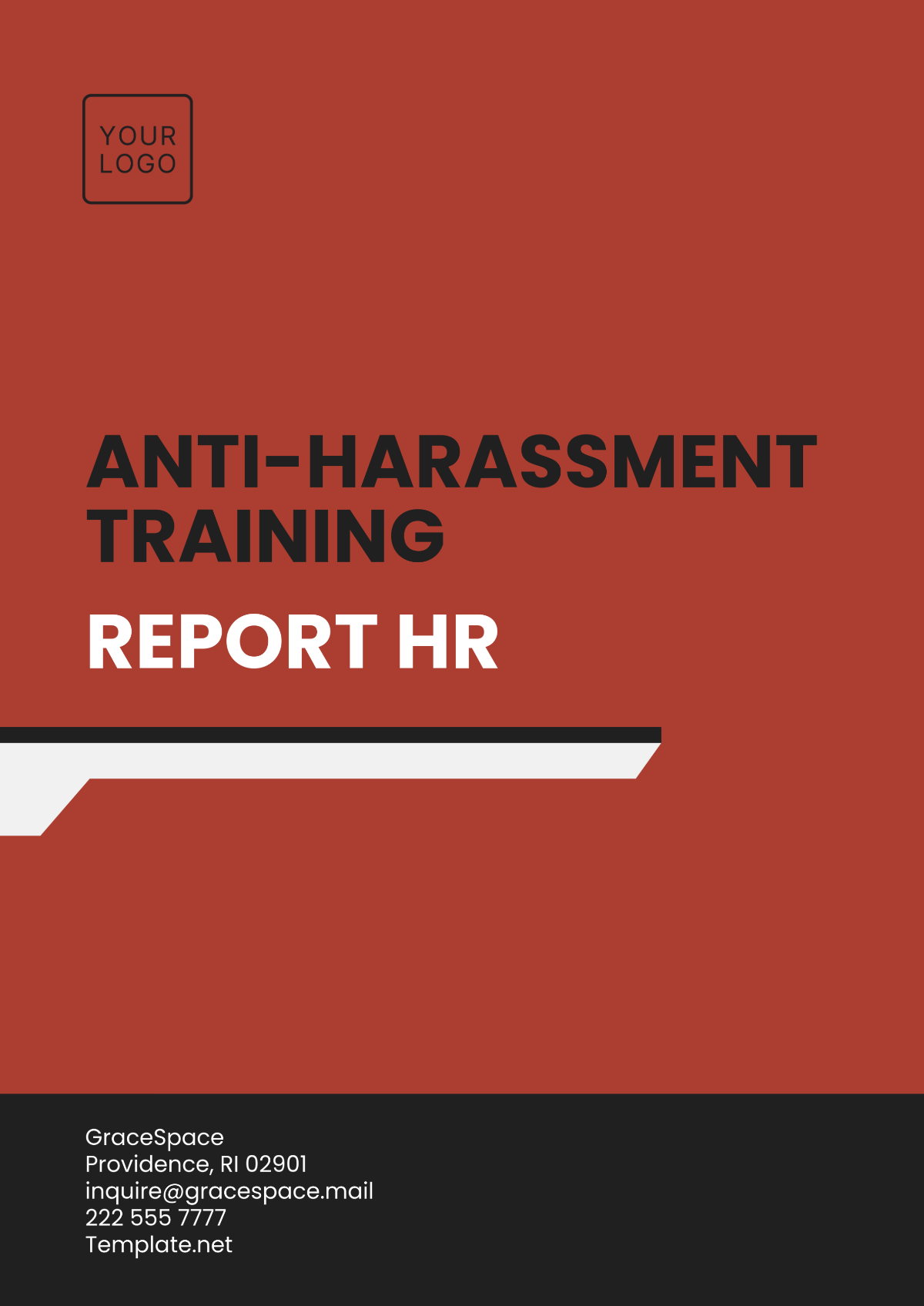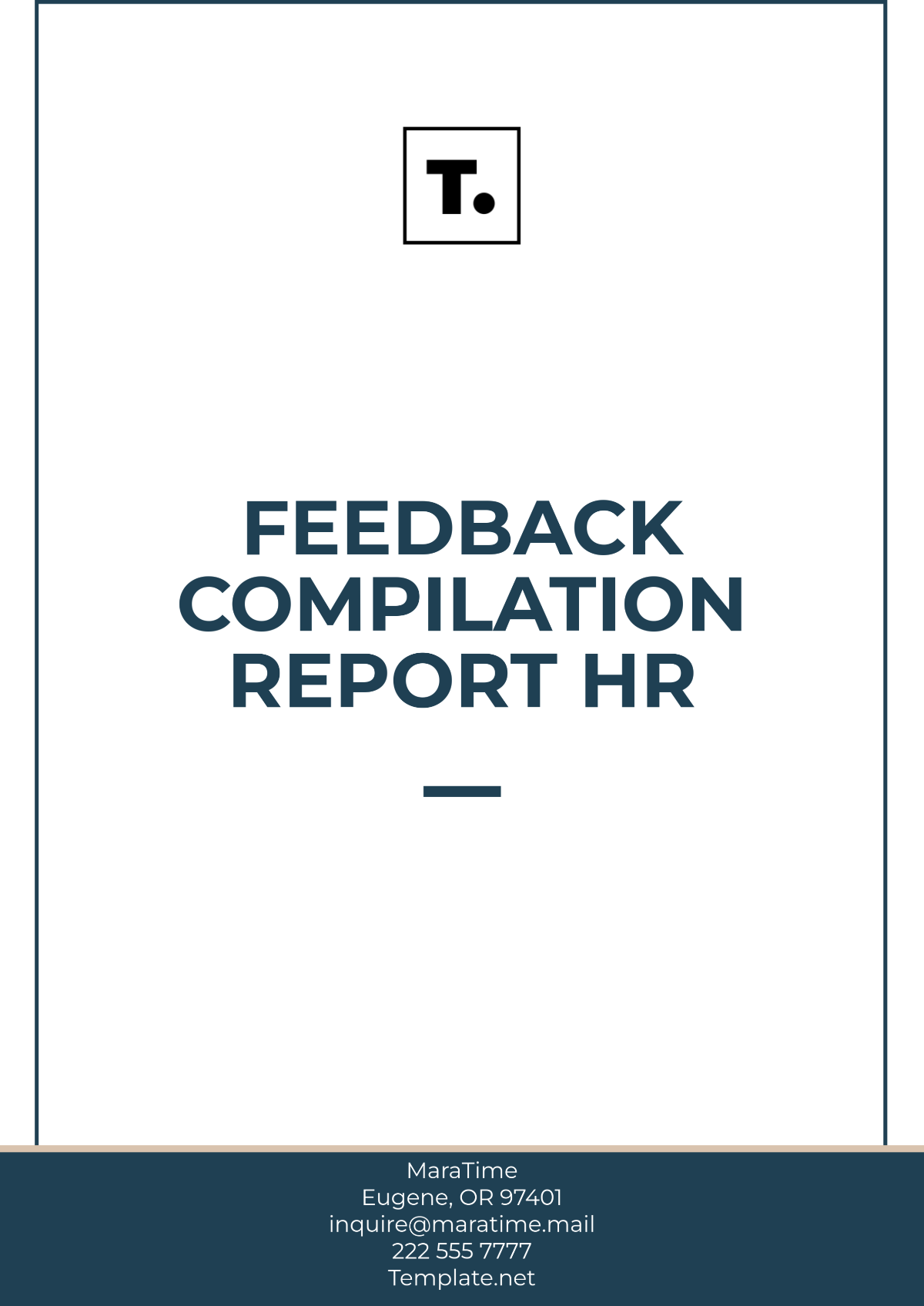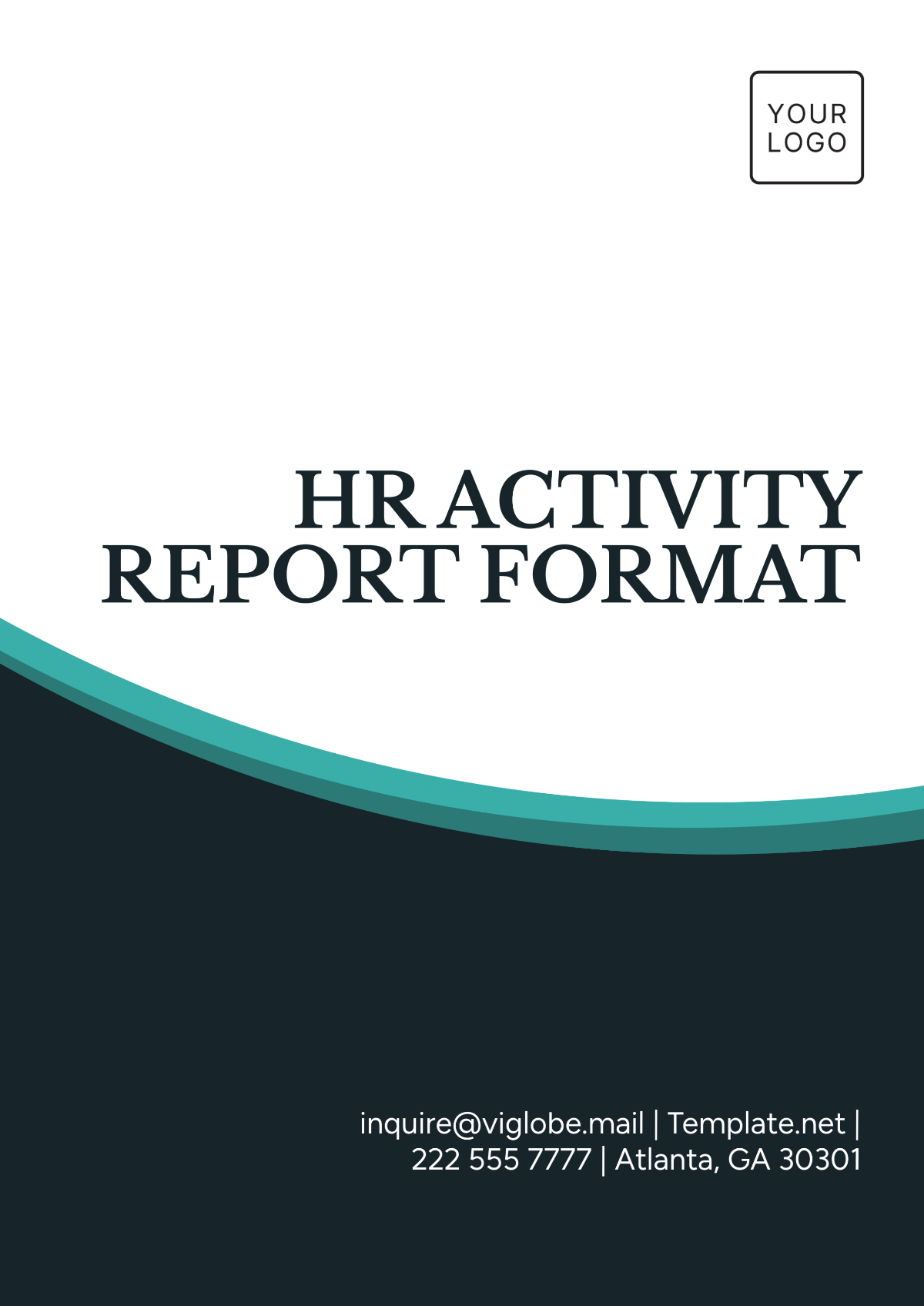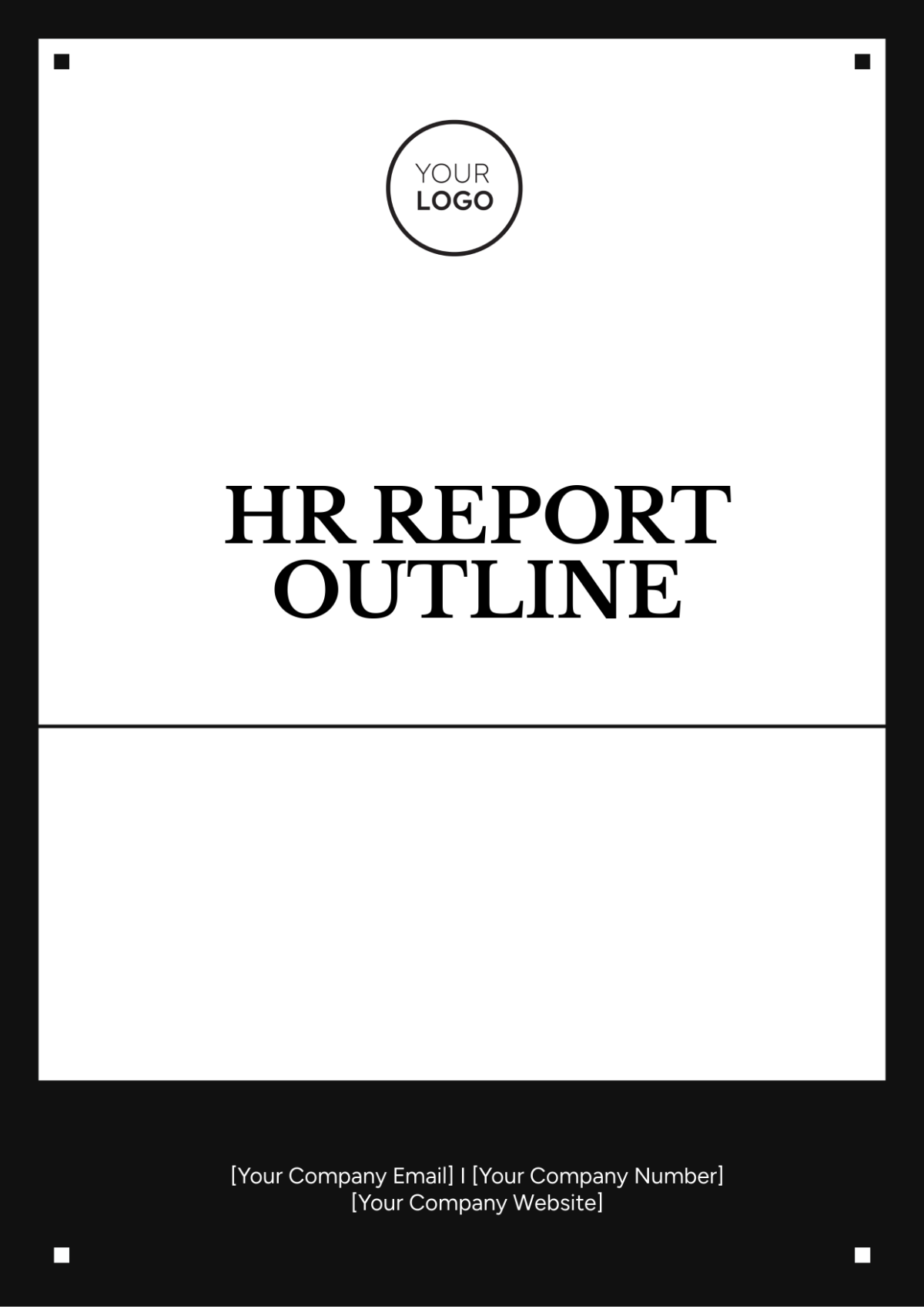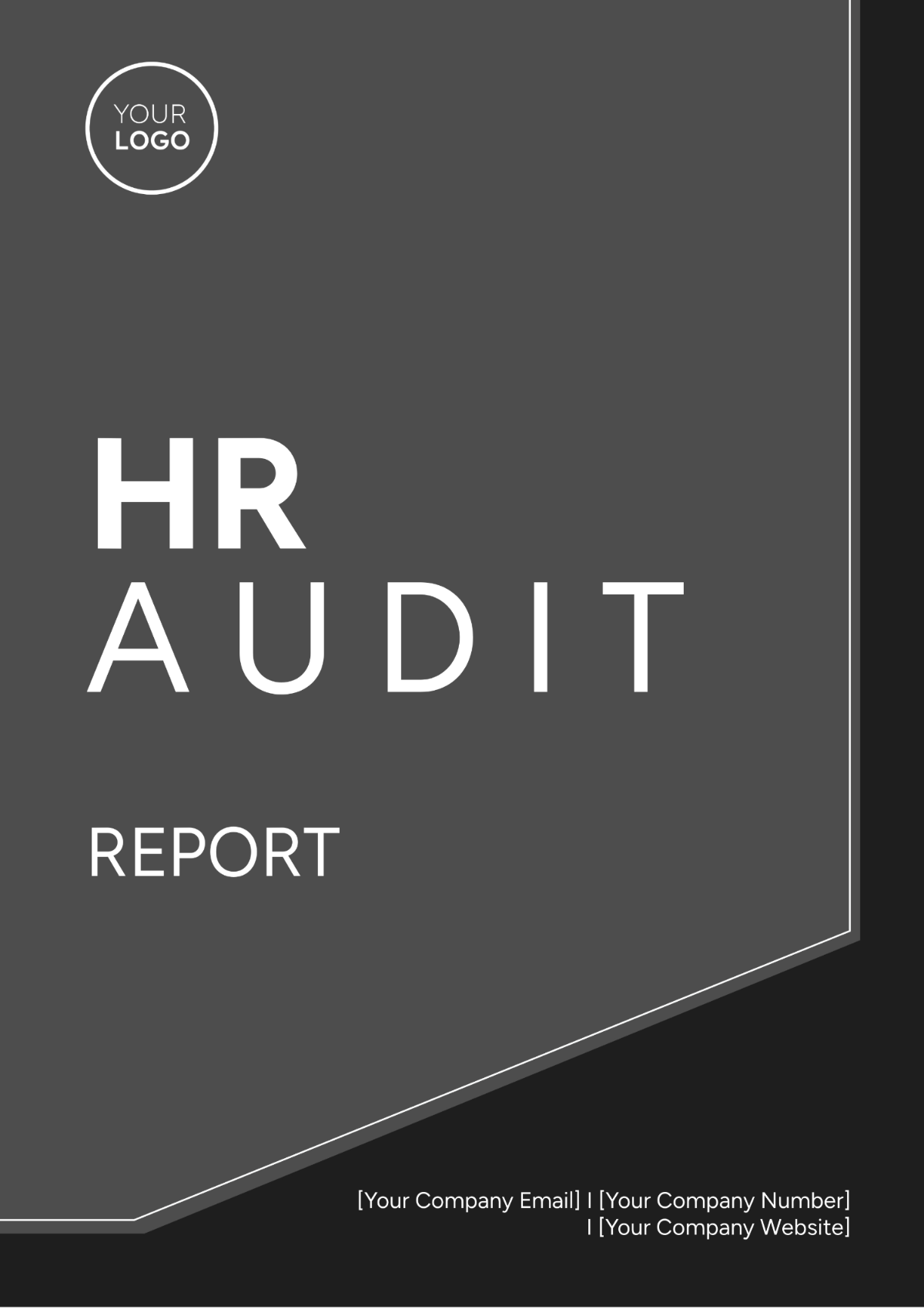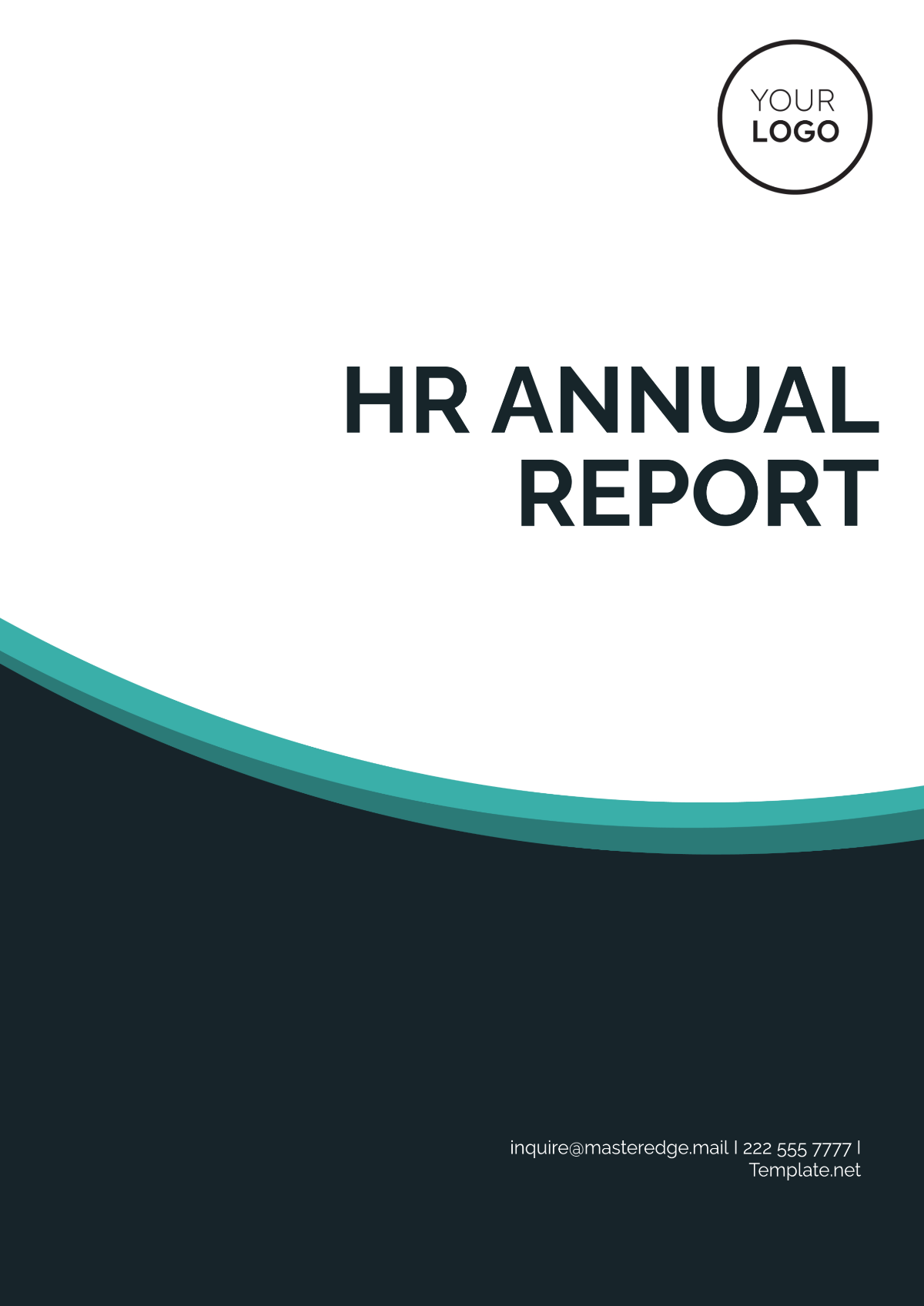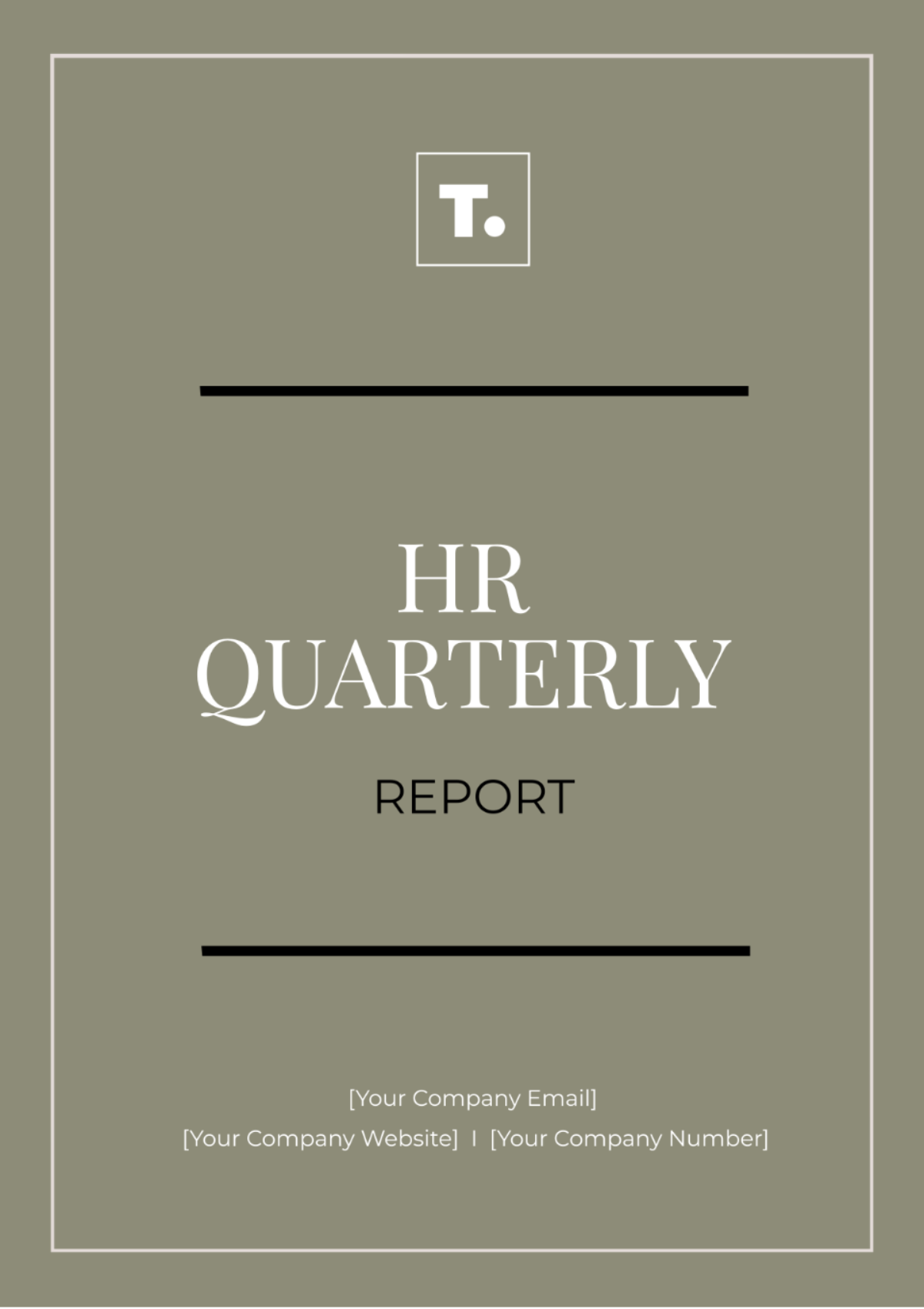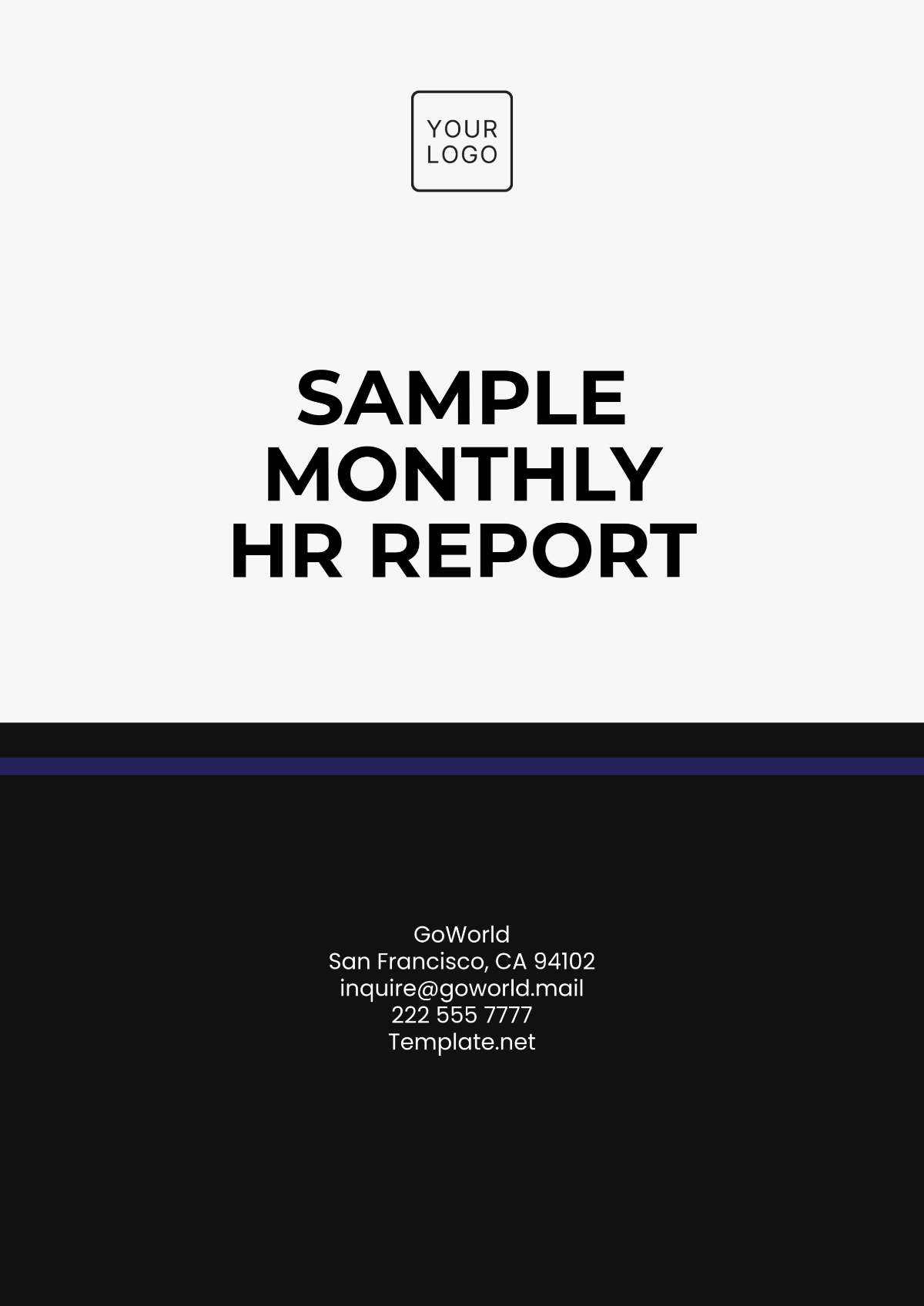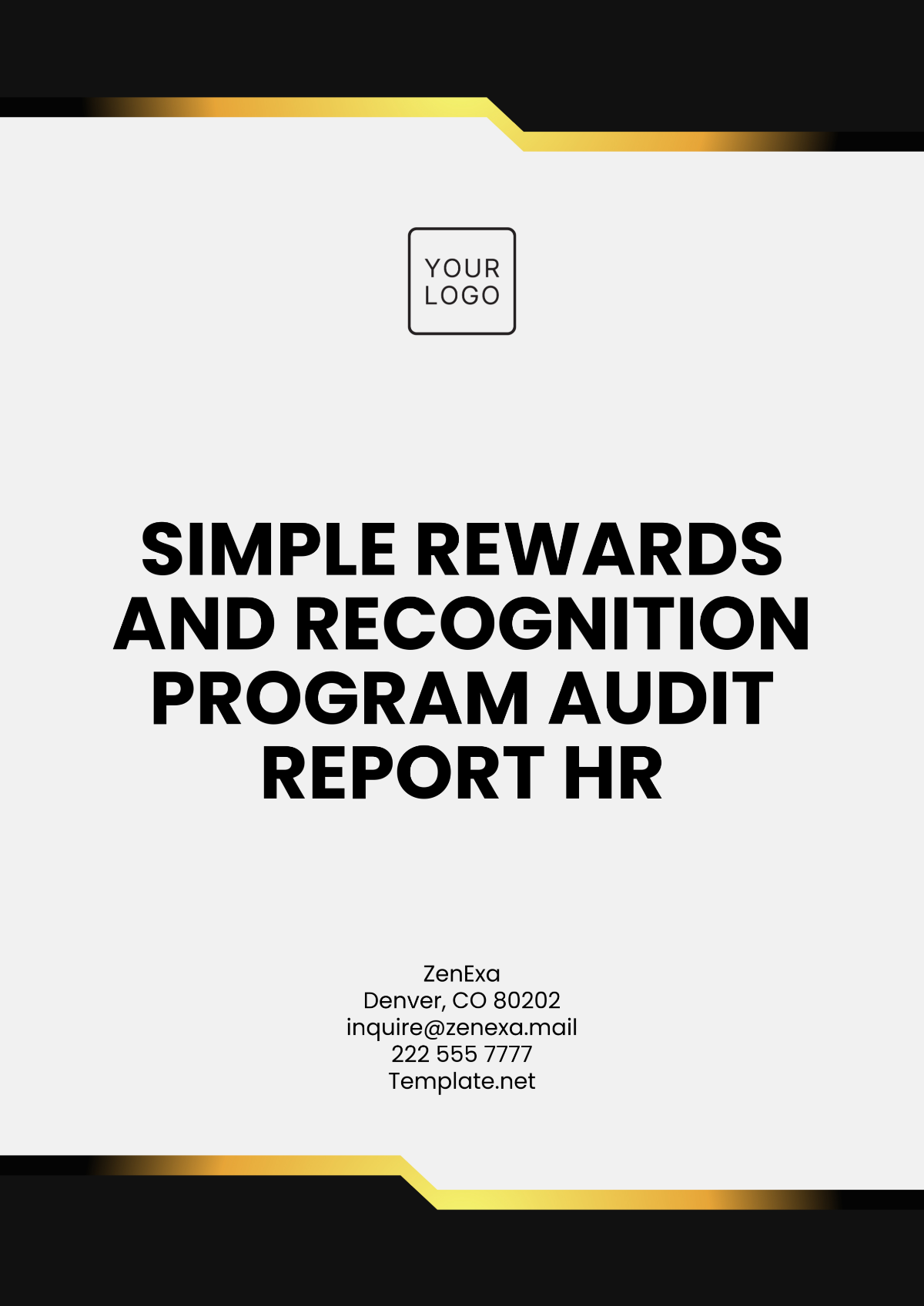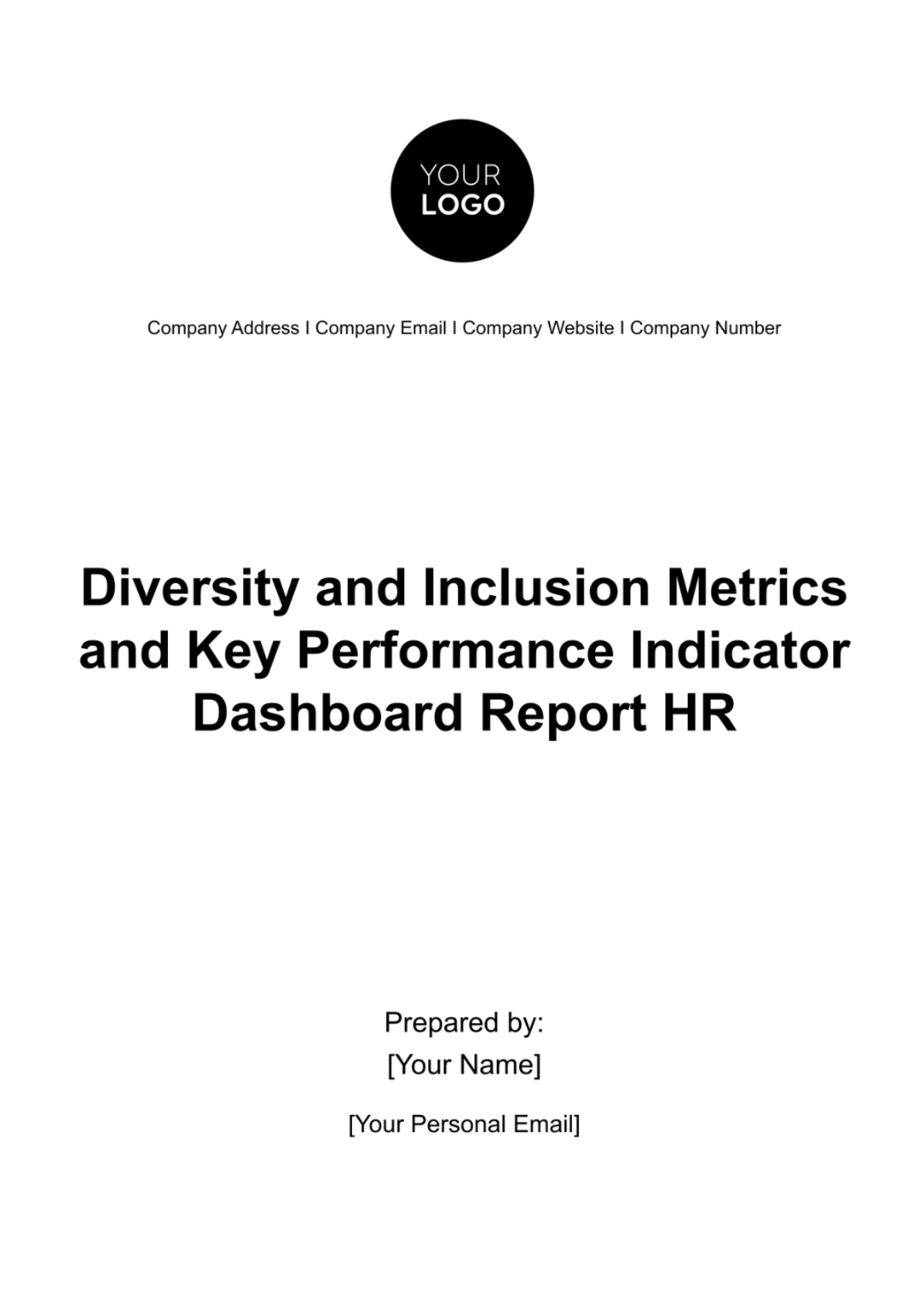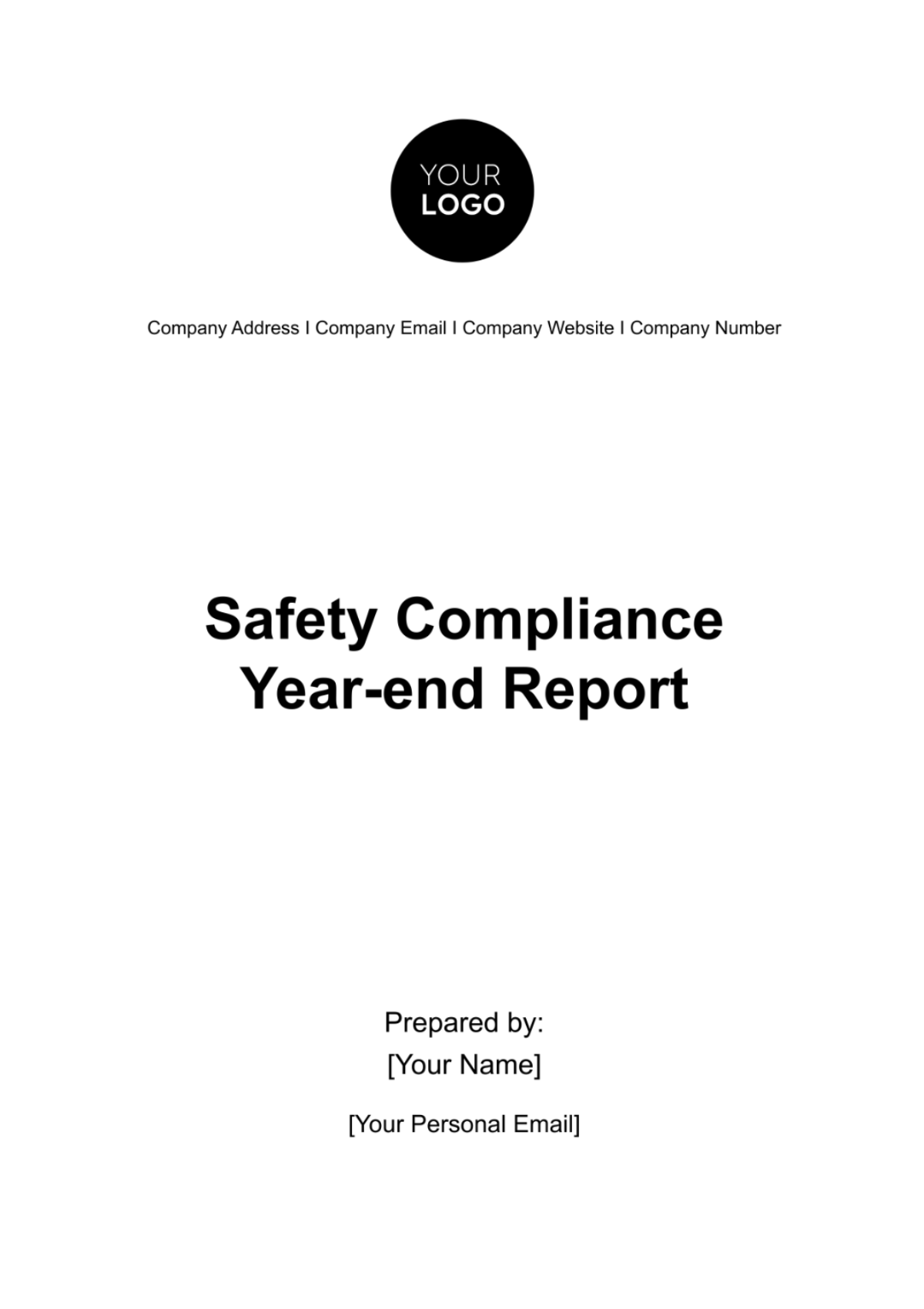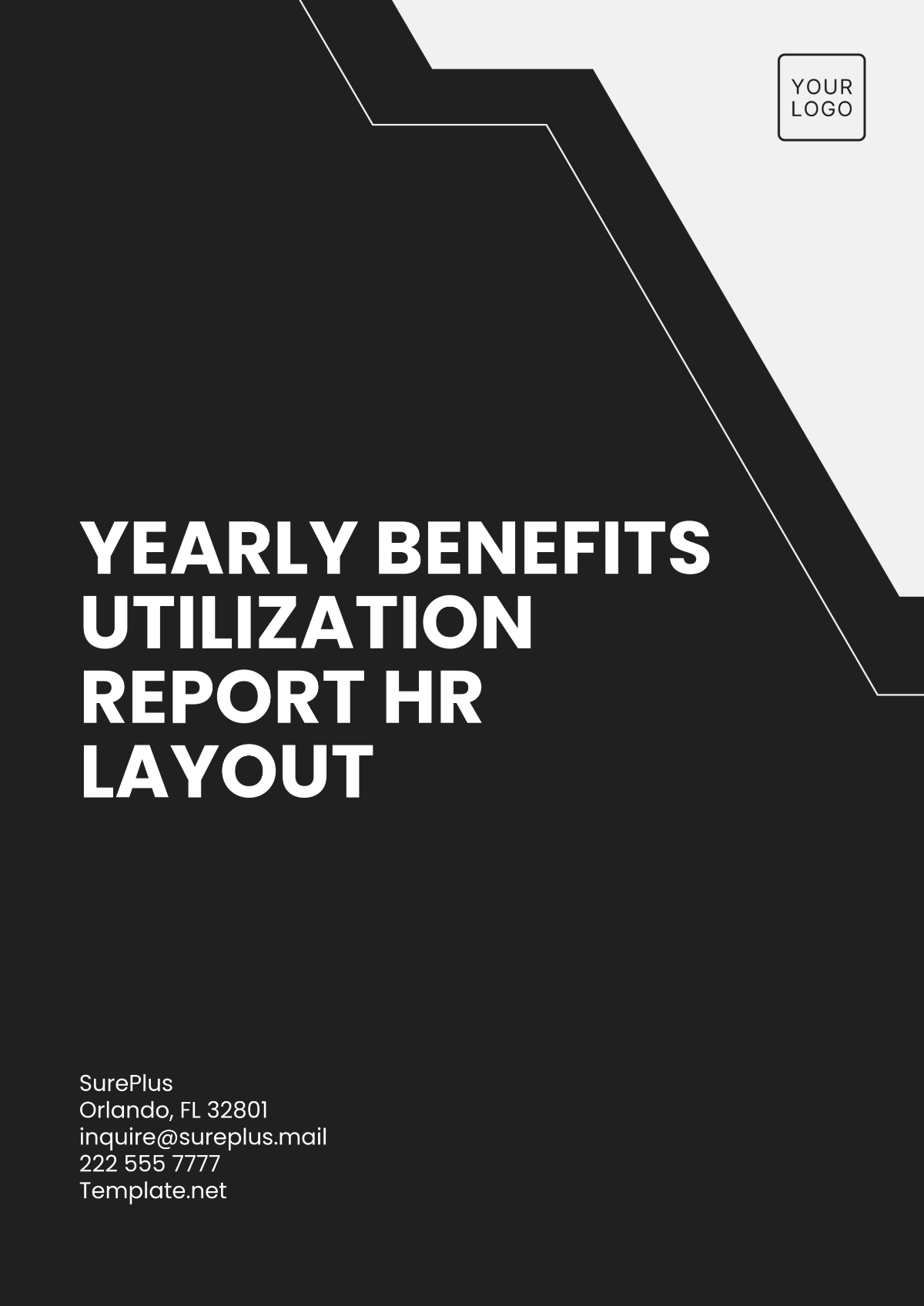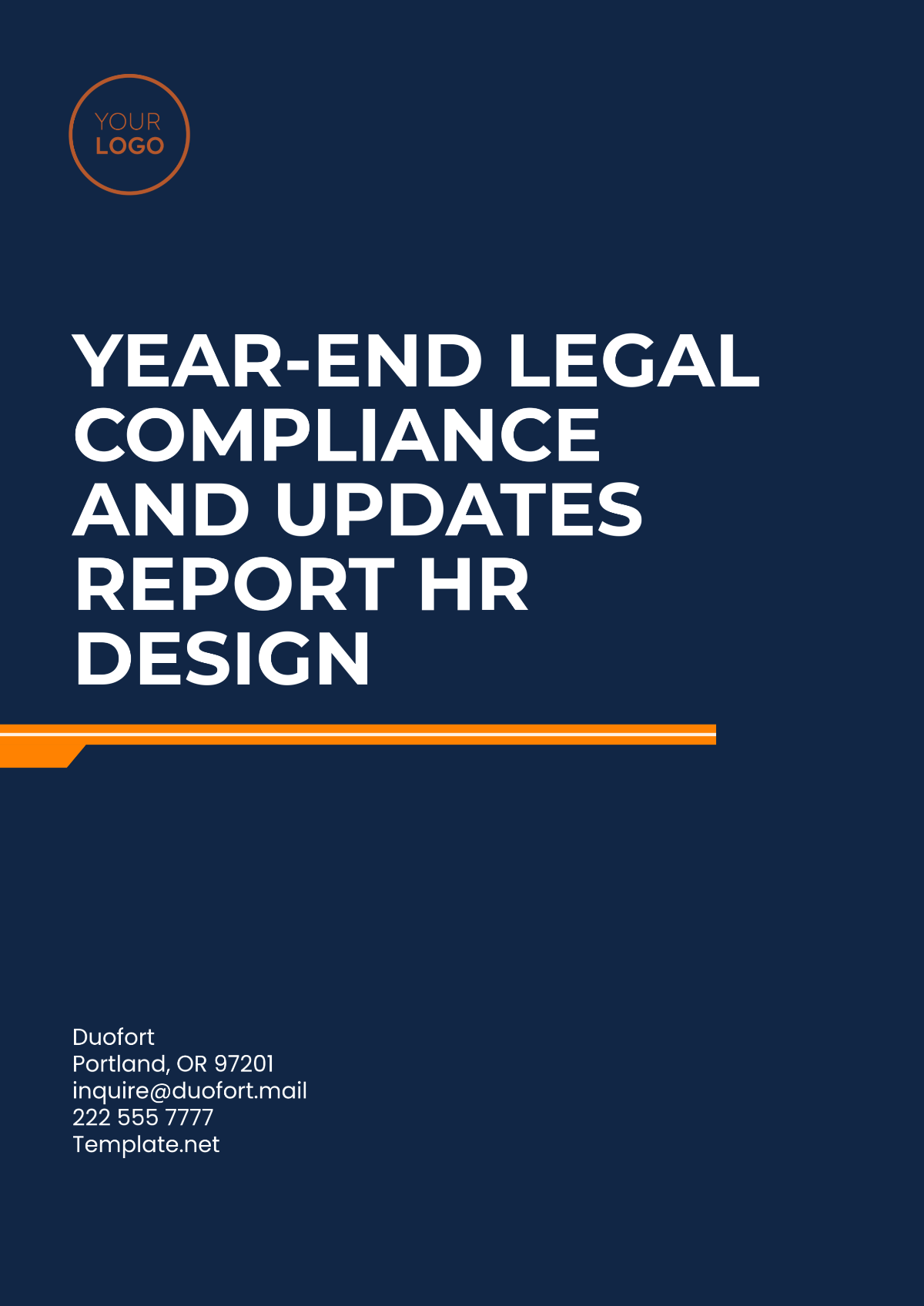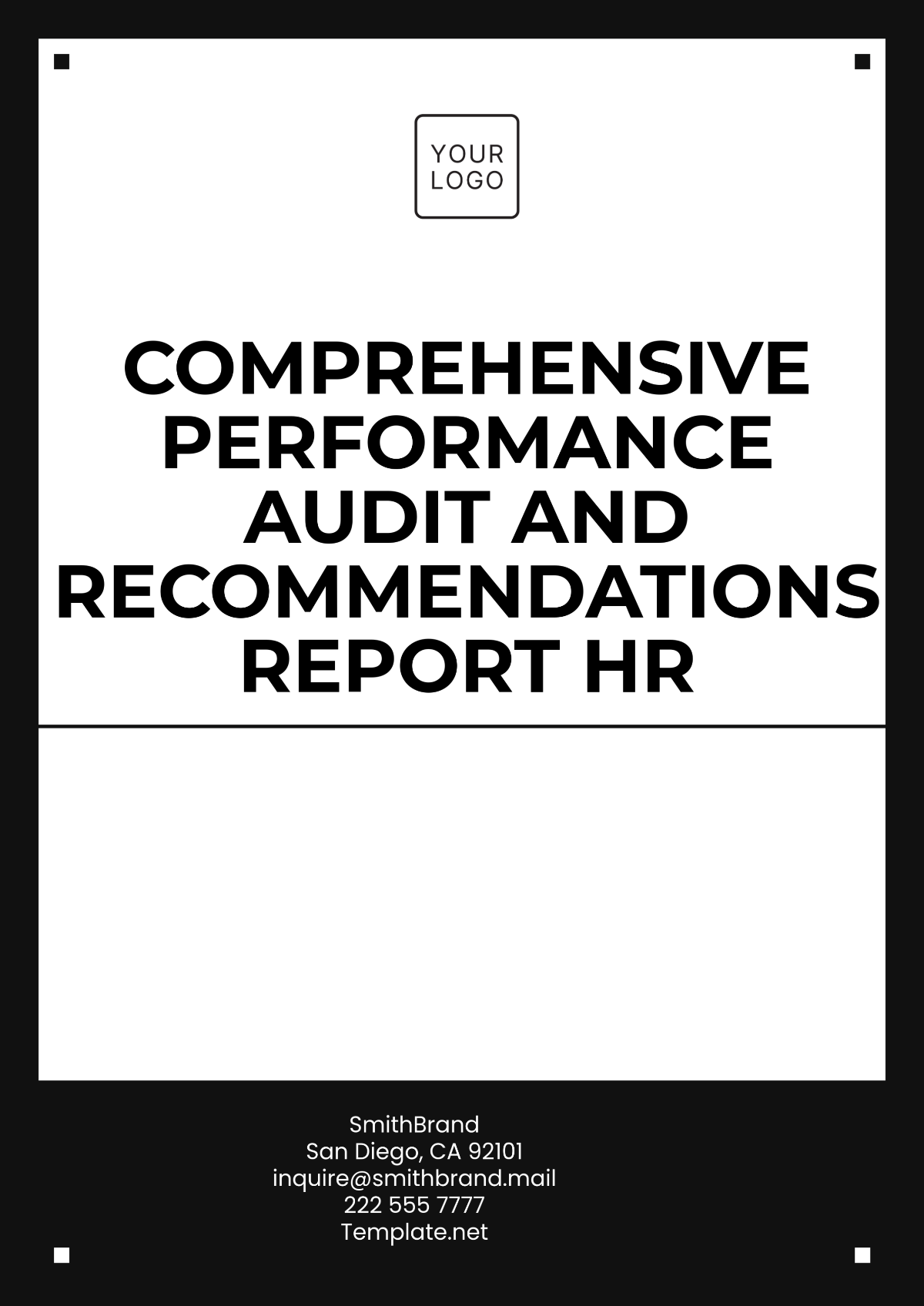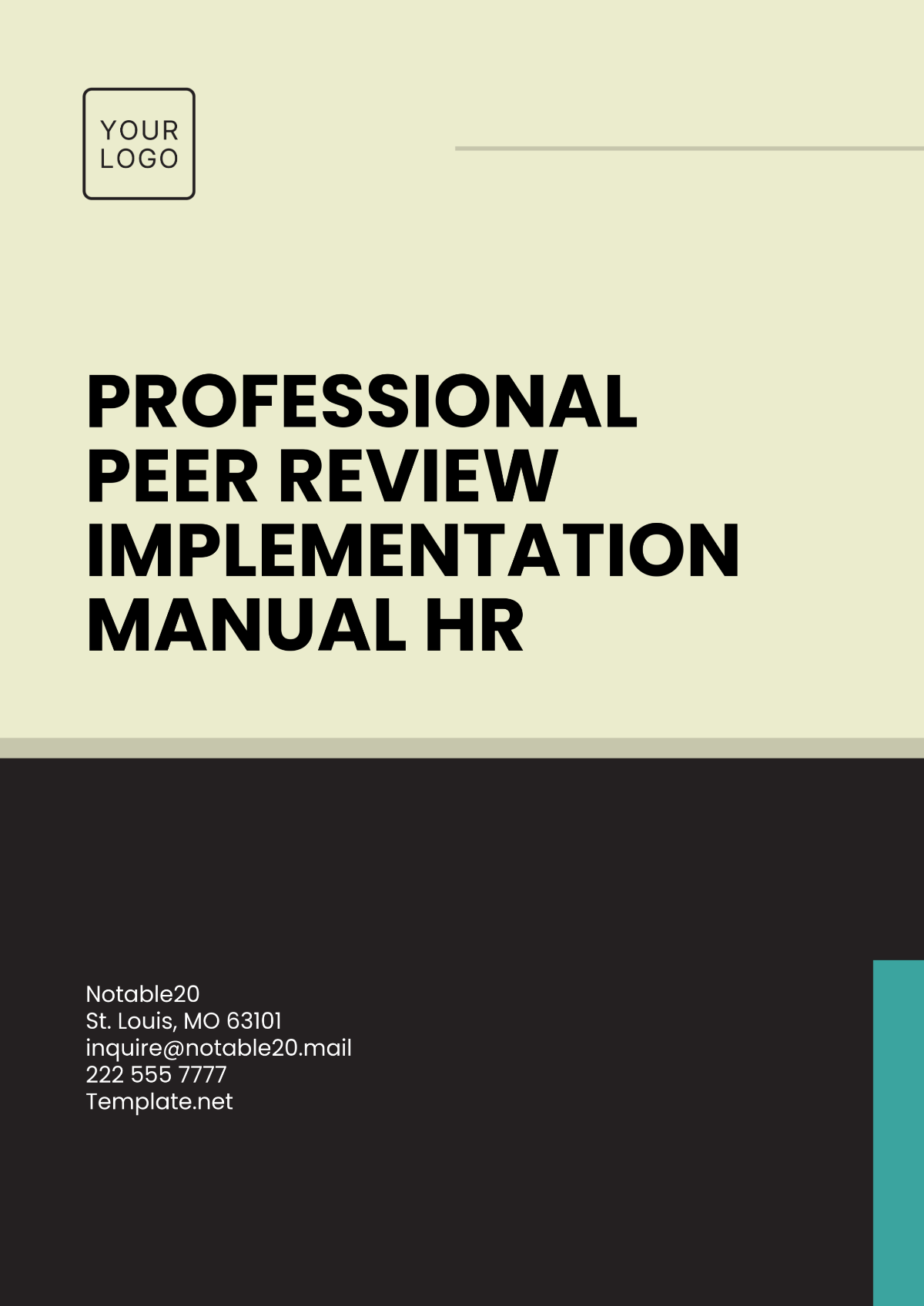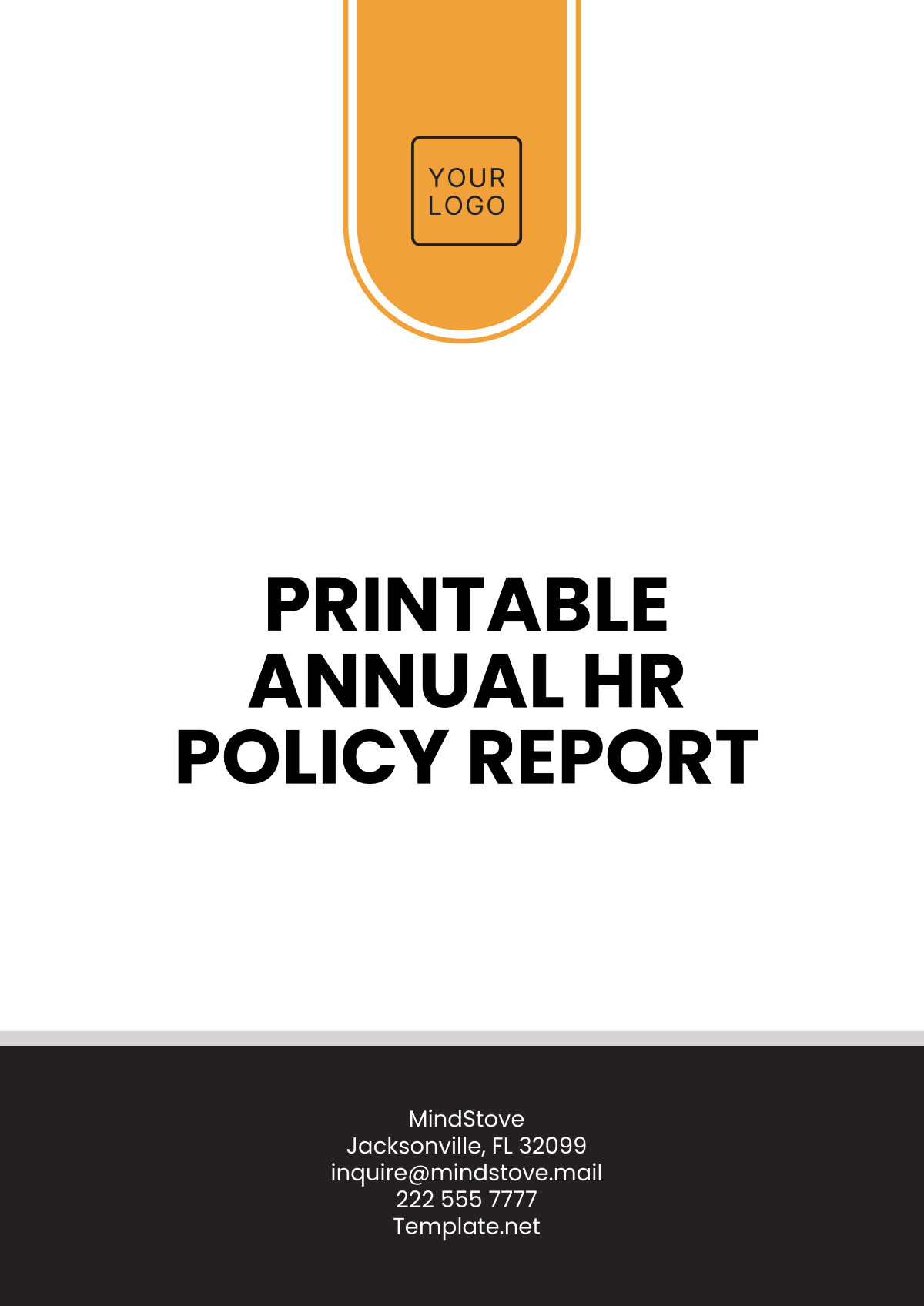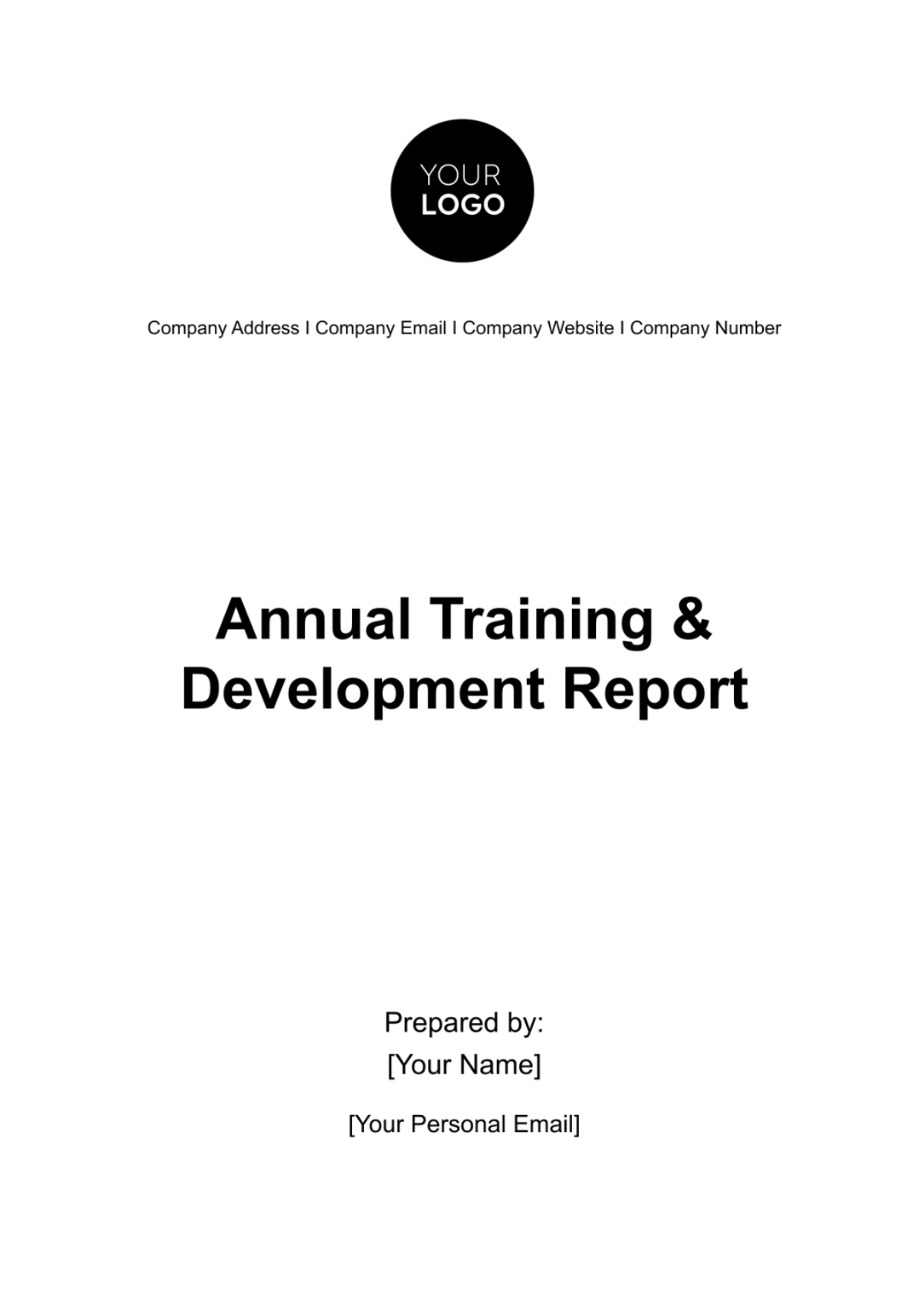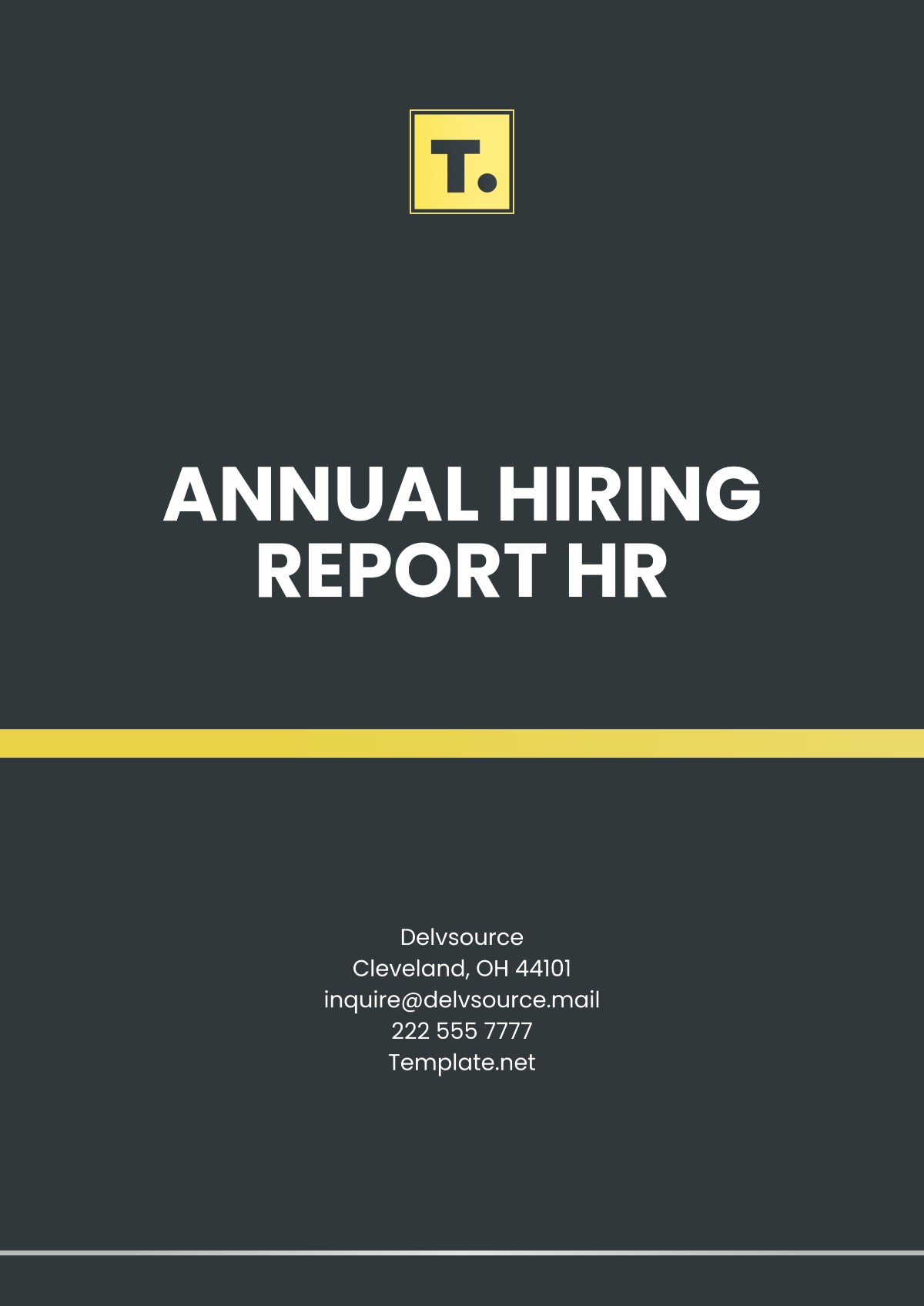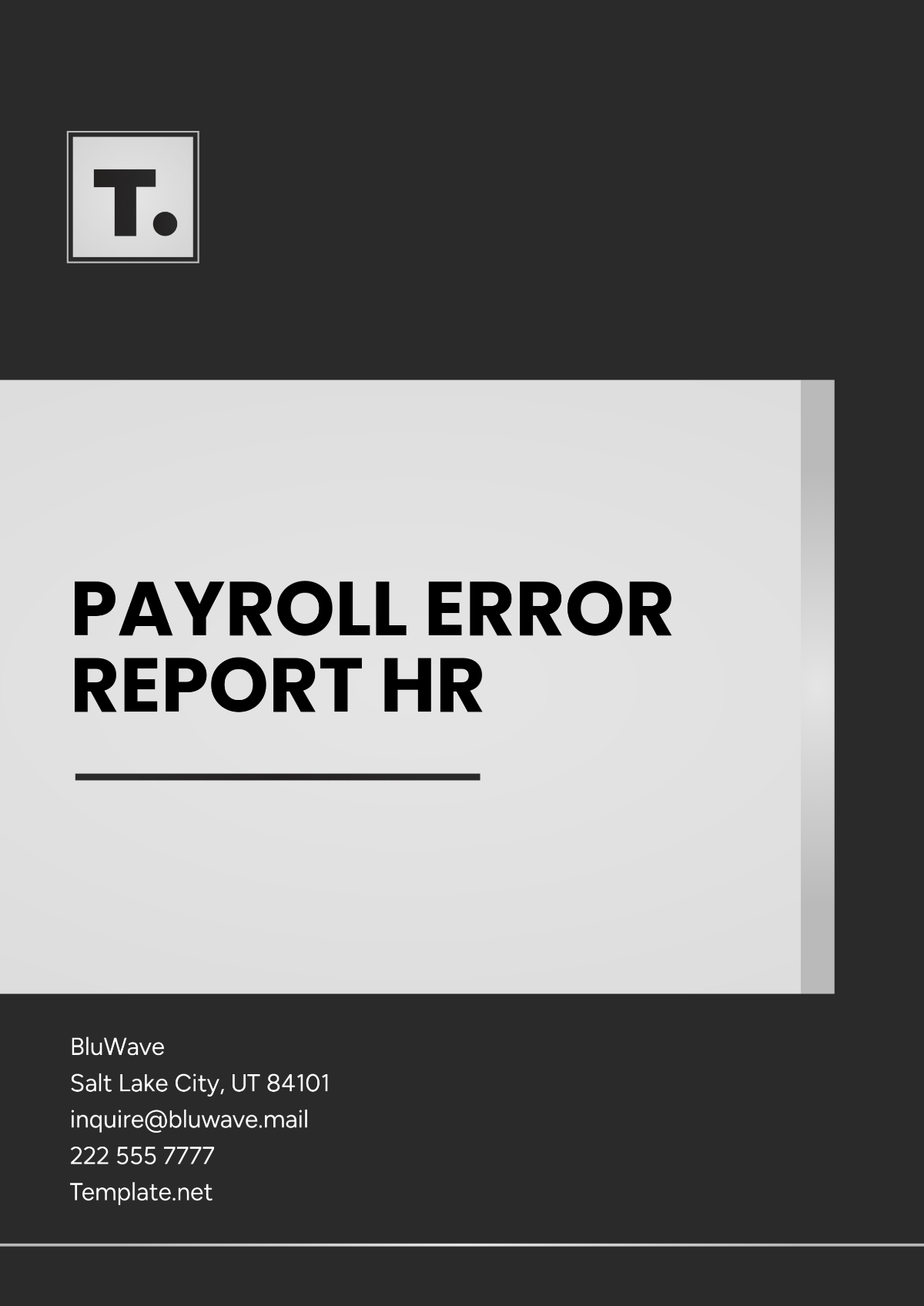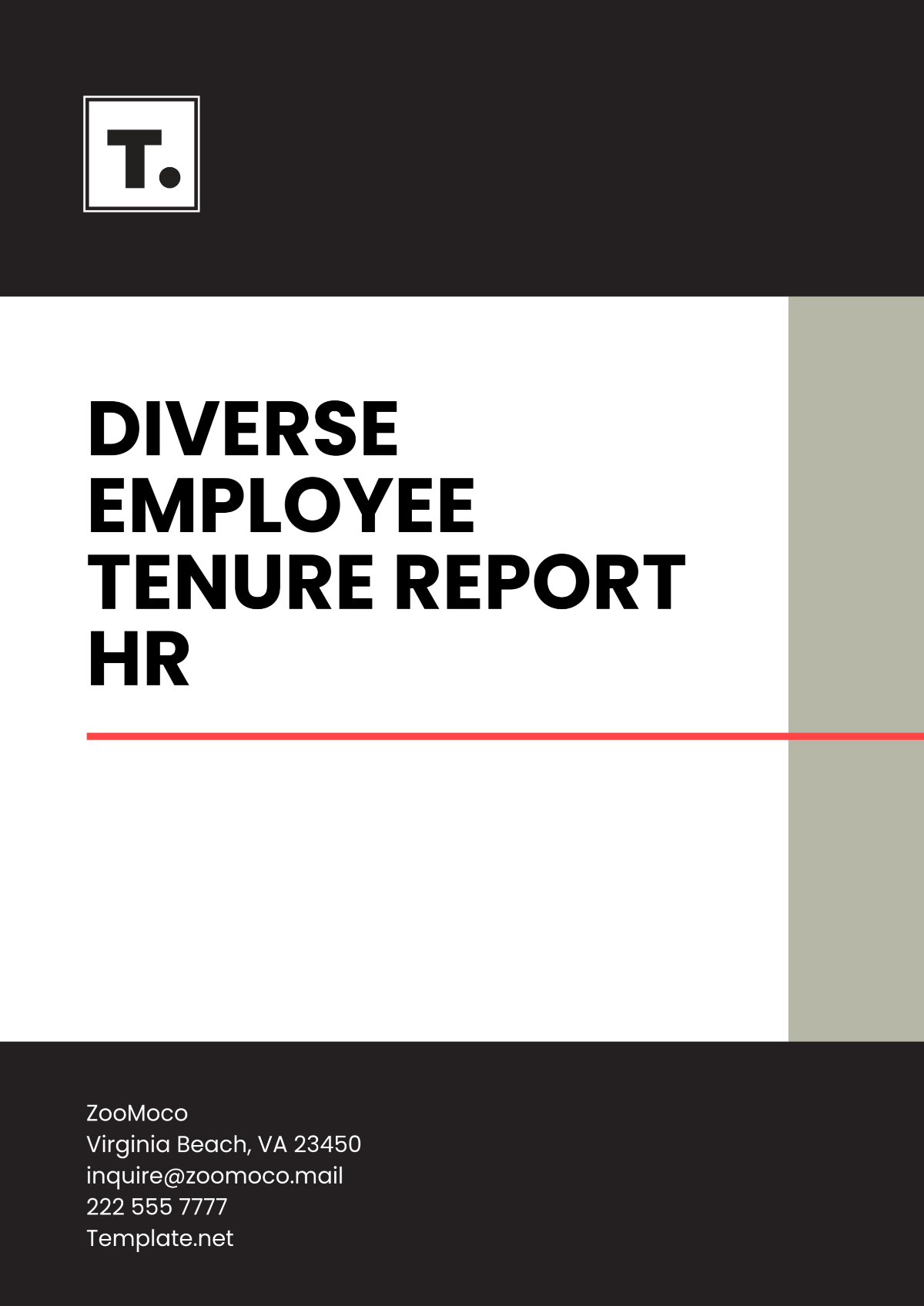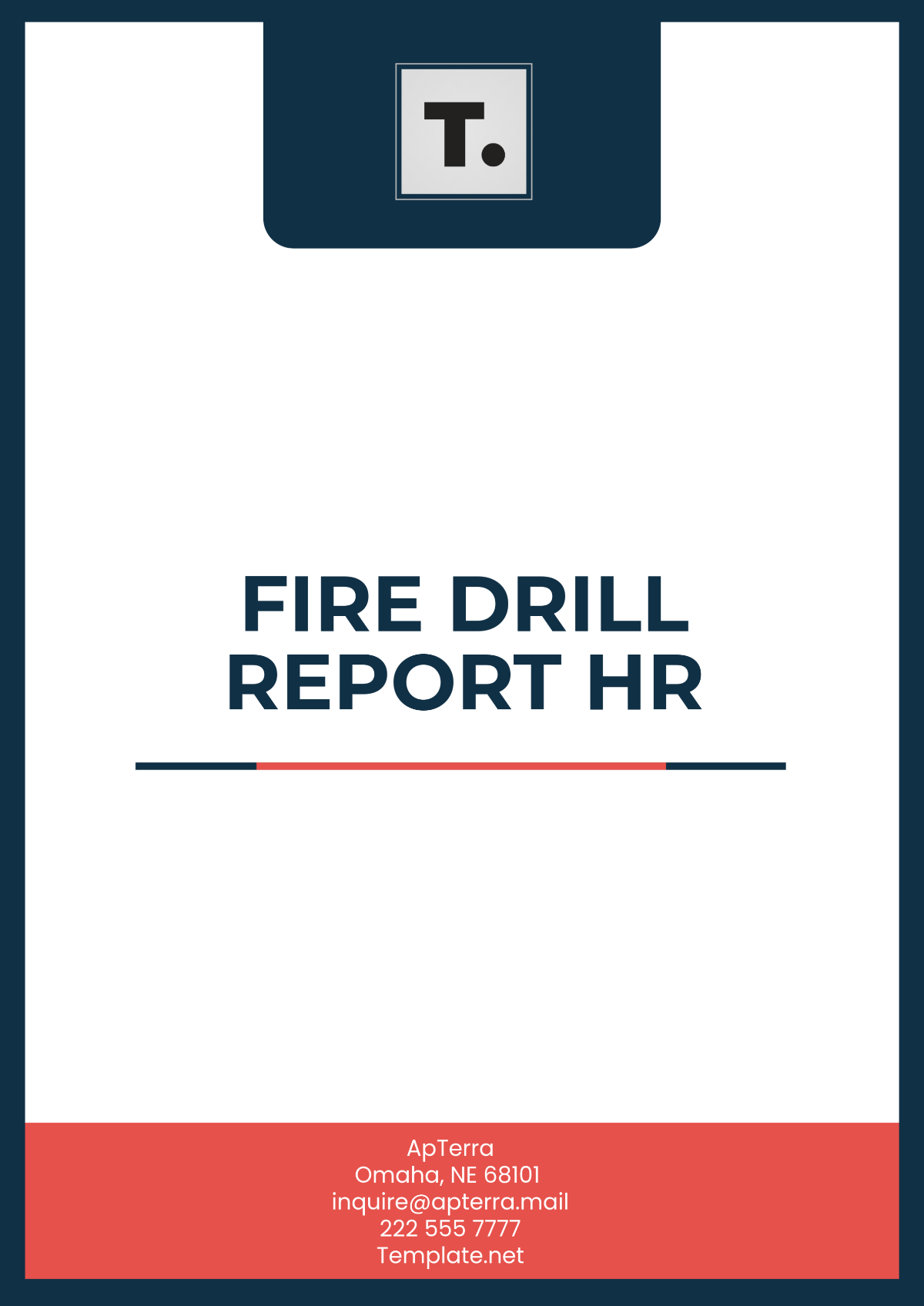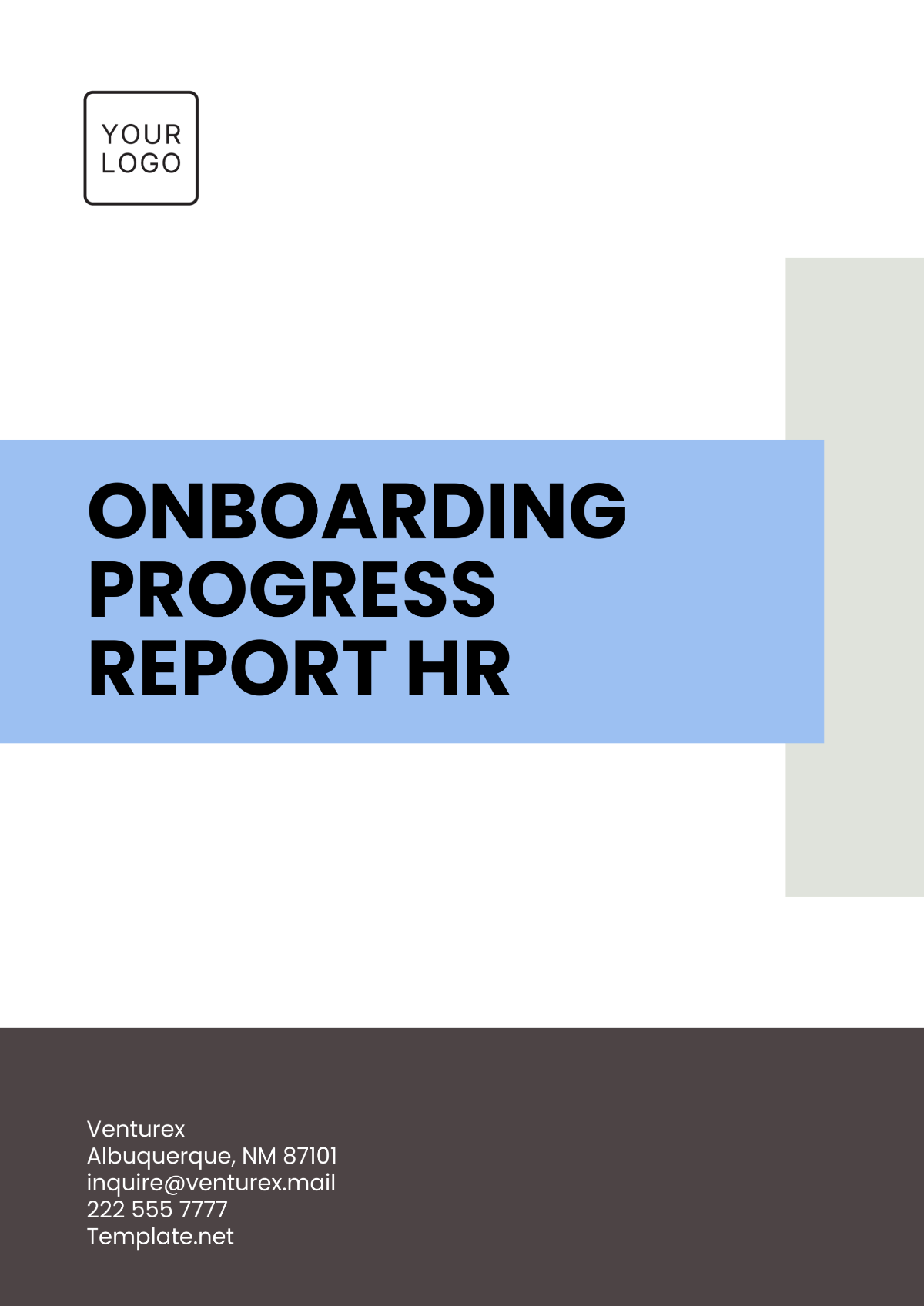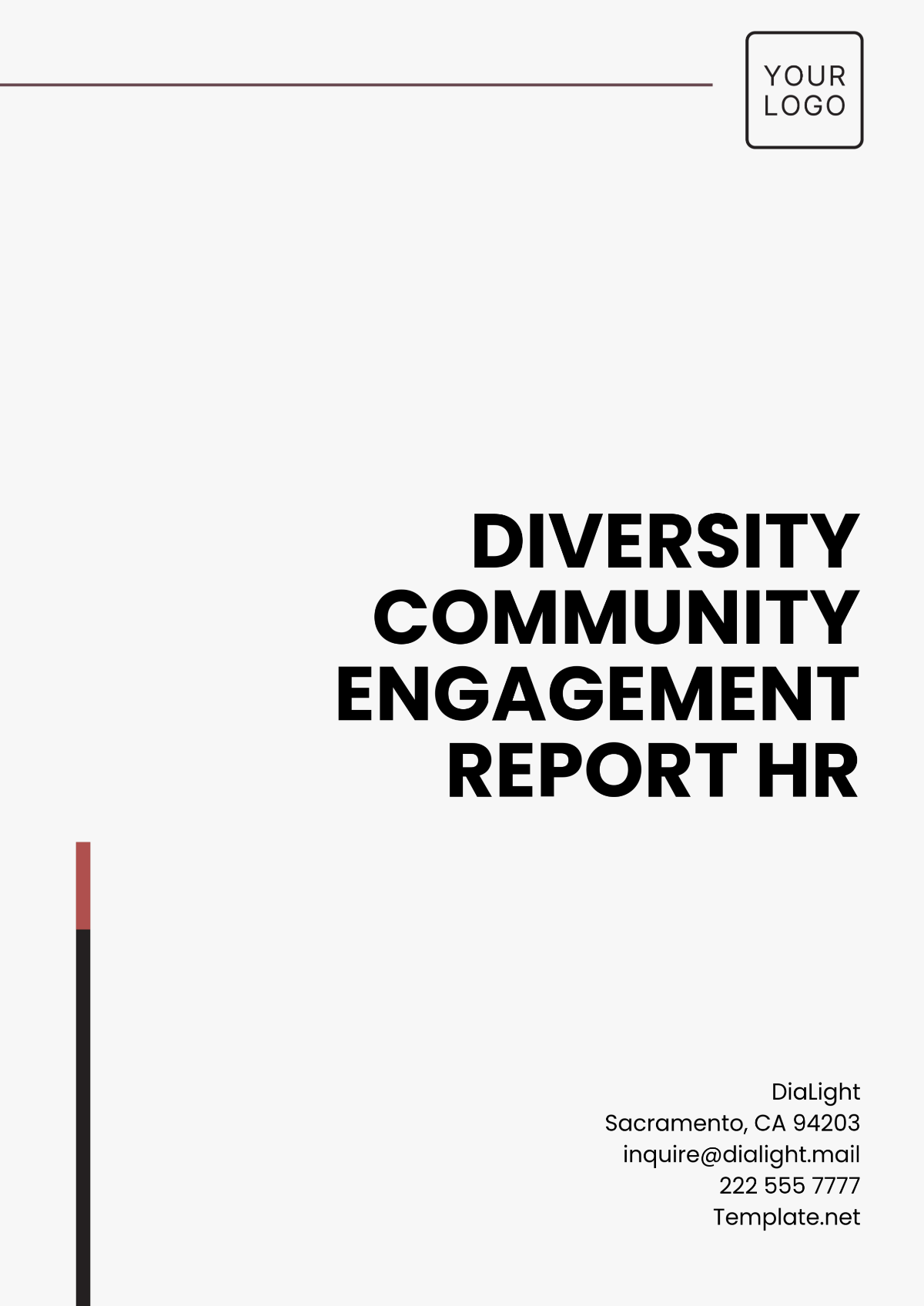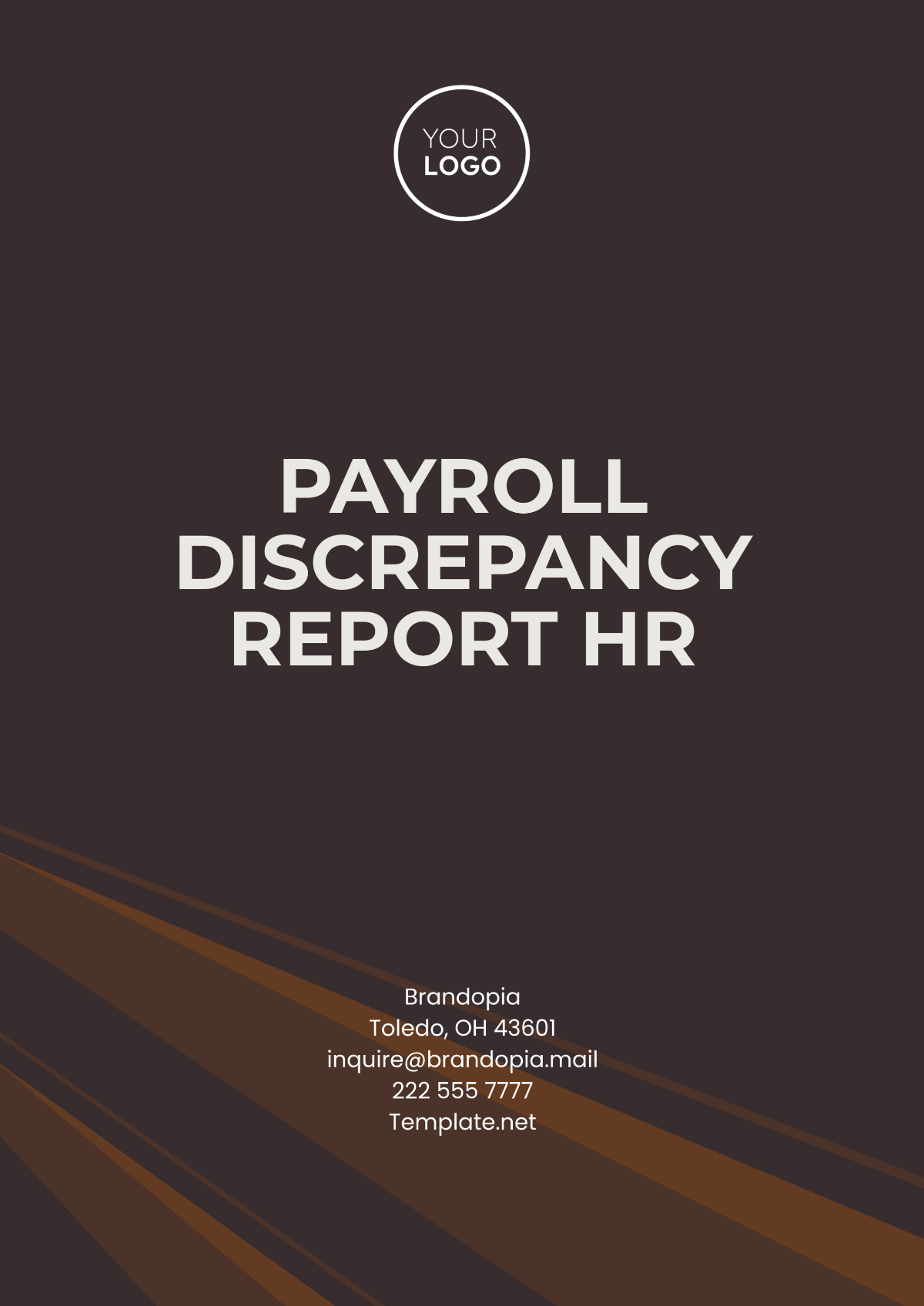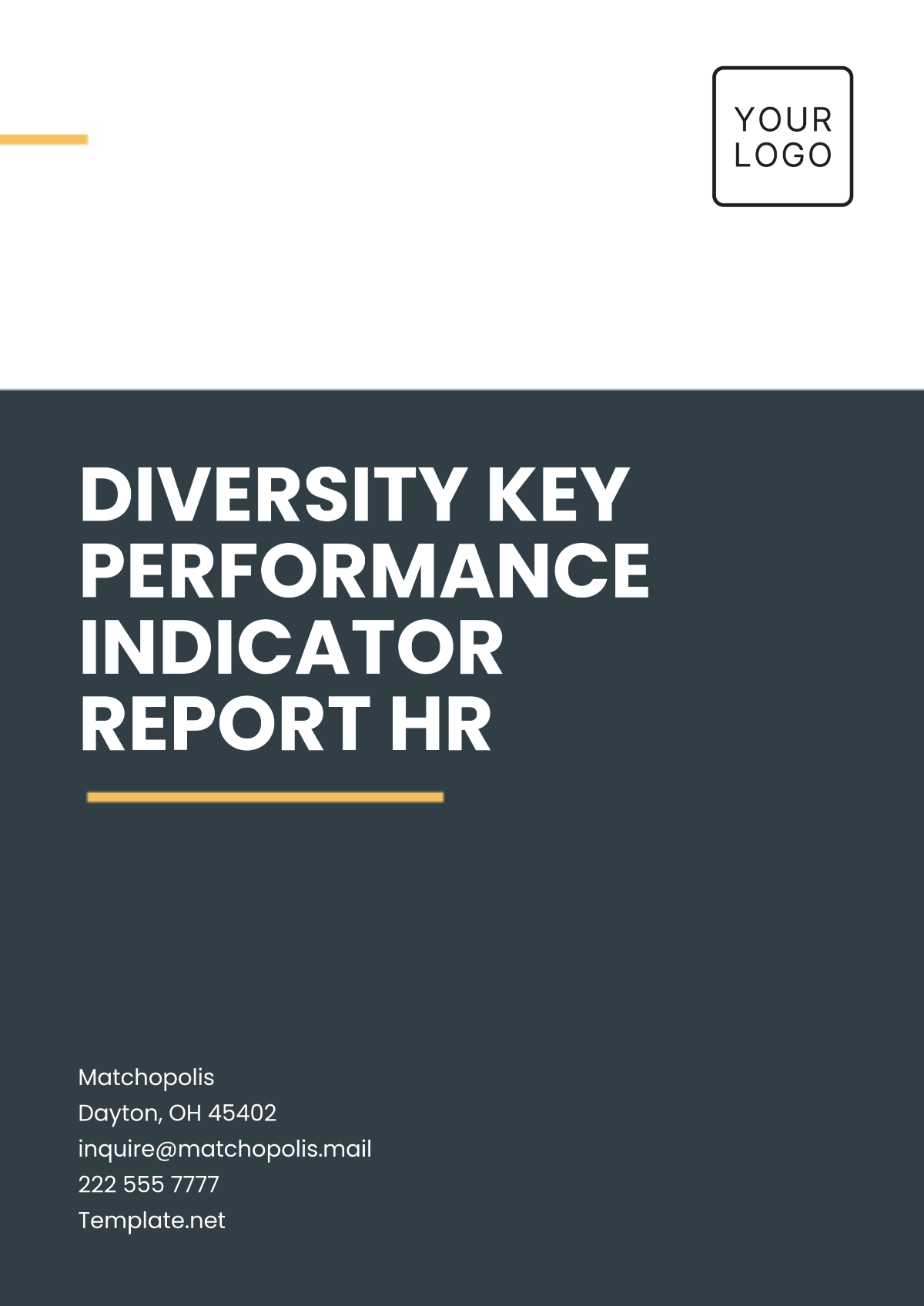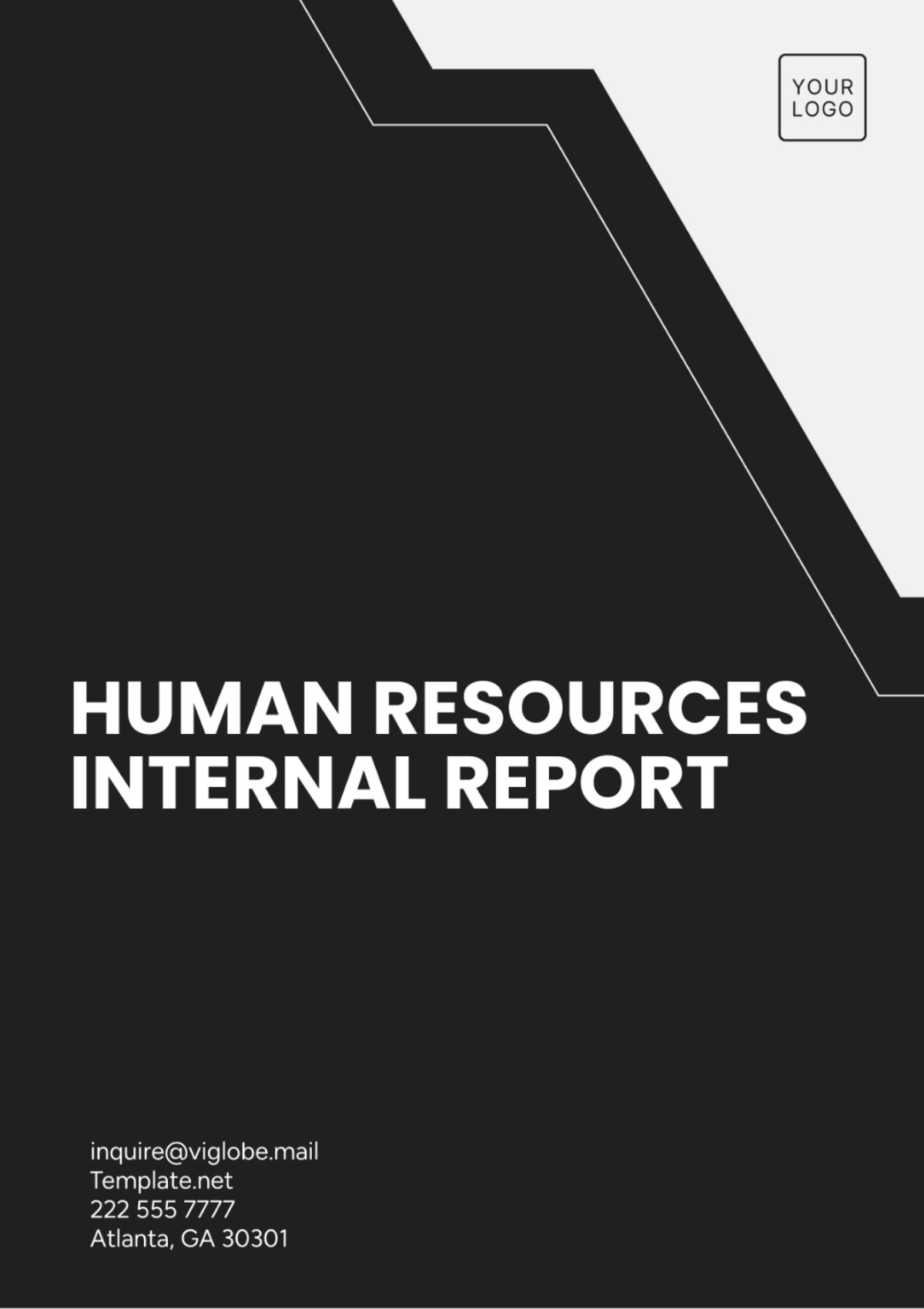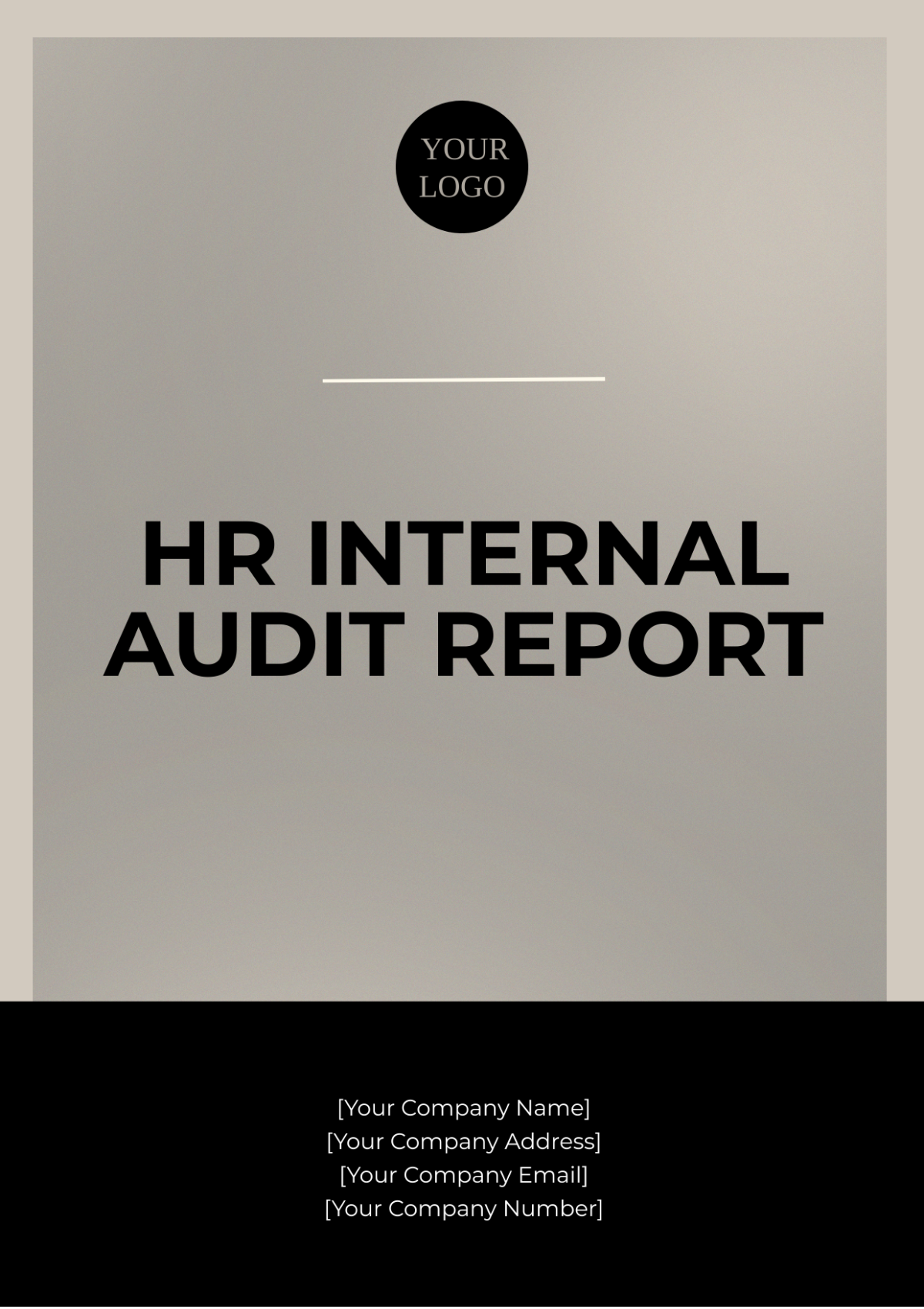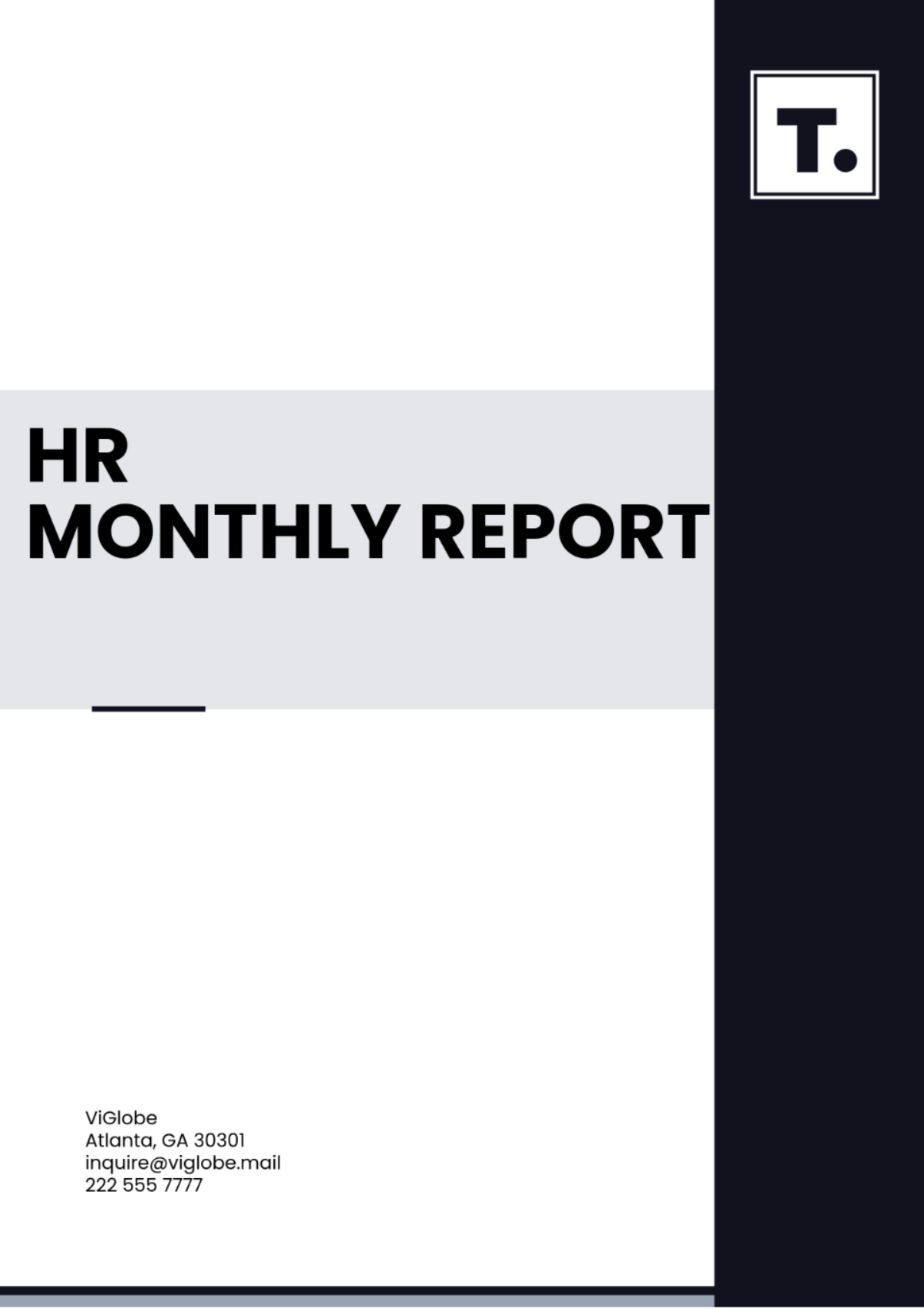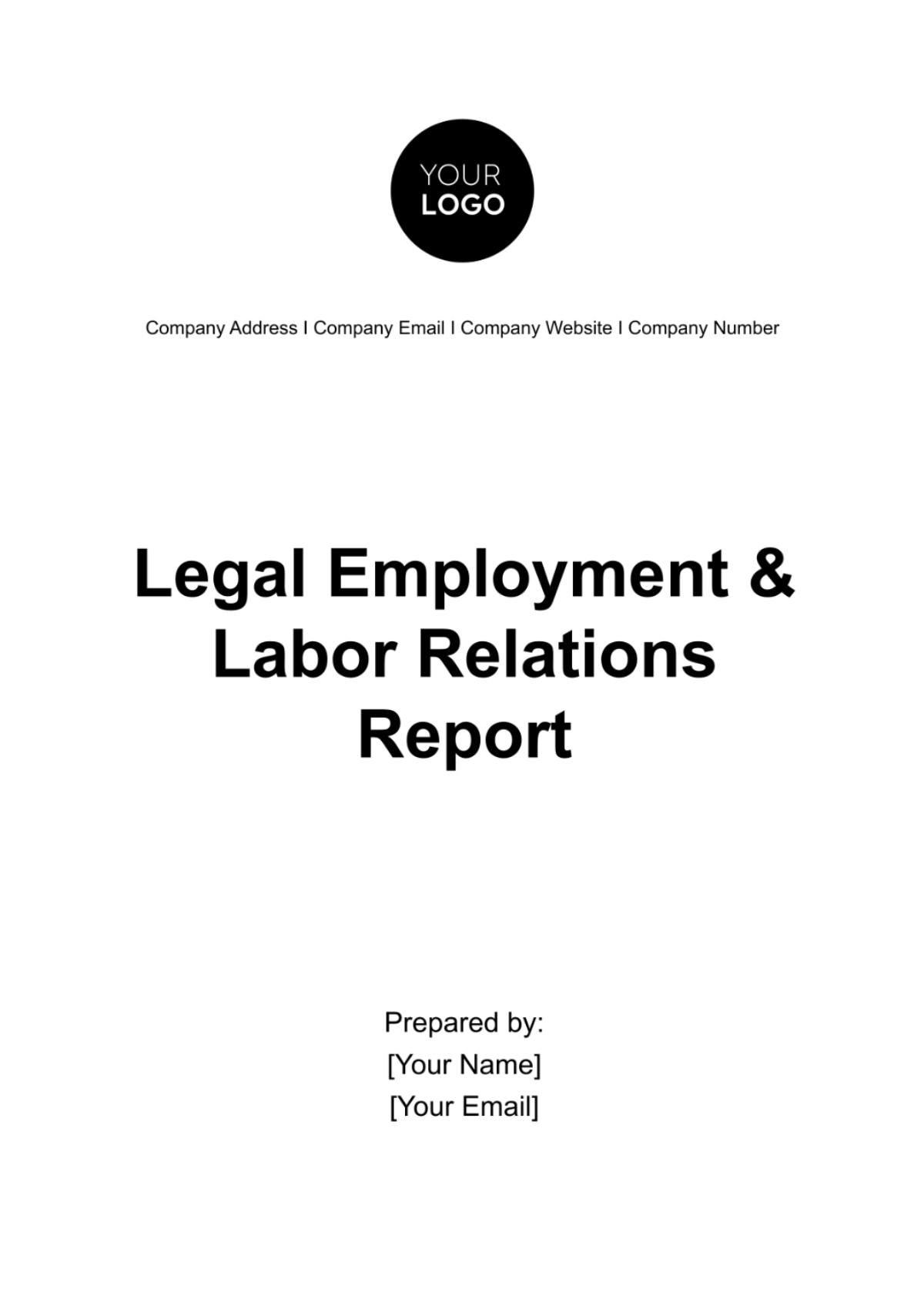Onboarding Progress Report HR
Prepared by: [Your Name]
Company: [Your Company Name]
Date: [Insert Date]
Introduction
Welcome to the Onboarding Progress Report for our Human Resources department. This report aims to provide a comprehensive overview of the onboarding process, detailing current progress, key performance indicators, challenges, and actionable insights. This document serves as a crucial tool for tracking our onboarding efforts and ensuring a smooth integration process for new employees.
Current Onboarding Status
Overview
The onboarding process is designed to facilitate a seamless transition for new hires into their roles and the organization's culture. It includes several stages, from initial orientation to ongoing training and development. As of the current reporting period, the onboarding program has been implemented successfully with notable progress.
Statistics
Metric | Current Period | Previous Period | Change (%) |
|---|---|---|---|
Total New Hires | 50 | 45 | +11.1% |
Completed Onboarding | 48 | 43 | +11.6% |
Average Onboarding Duration (days) | 30 | 32 | -6.25% |
New Hire Retention Rate | 95% | 92% | +3.26% |
Key Performance Indicators (KPIs)
Onboarding Satisfaction Score
The onboarding satisfaction score measures new employees' satisfaction with the onboarding experience. Current satisfaction levels indicate a high degree of approval and comfort with the process, reflecting positively on HR's efforts to refine onboarding methodologies.
Time to Productivity
Time to productivity measures the duration new hires take to reach full productivity in their roles. Reducing this time frame is a critical goal, as it directly impacts the organization’s overall efficiency and capability to meet targets.
Training Program Attendance
Tracking attendance for each training session provides insights into engagement levels and potential gaps in the onboarding process. Current data shows a consistent participation rate, affirming the effectiveness of scheduled programs.
Challenges and Recommendations
Challenges
Remote Onboarding: Adapting to remote work requirements has introduced complexity to the onboarding process, requiring innovative virtual interaction tools.
Cultural Integration: Ensuring new hires align with company culture remains a persistent challenge, signaling a need for enhanced engagement initiatives.
Technical Onboarding: Equipping employees with requisite technological skills requires continuous updates in training materials and methods.
Recommendations
Implement Virtual Reality Tools: Leverage VR technology for immersive onboarding sessions, enhancing remote engagement and training efficiency.
Develop a Mentorship Program: Pair new hires with experienced mentors to foster an inclusive culture and support network, easing cultural integration.
Enhance Feedback Mechanisms: Introduce more frequent feedback loops and surveys to continually refine and adjust the onboarding content and approach.
Conclusion
The onboarding process is a critical phase in an employee's journey within our organization. Our current progress is commendable, with high completion rates and satisfaction scores. However, challenges such as cultural integration and technical onboarding present areas for improvement. Implementing the recommended strategies will ensure an adaptable, comprehensive, and effective onboarding experience moving forward.
Appendix
Supporting Data
The following data supports the conclusions drawn in this report. Detailed records of survey responses, training session attendance lists, and time-to-productivity metrics are available upon request.
